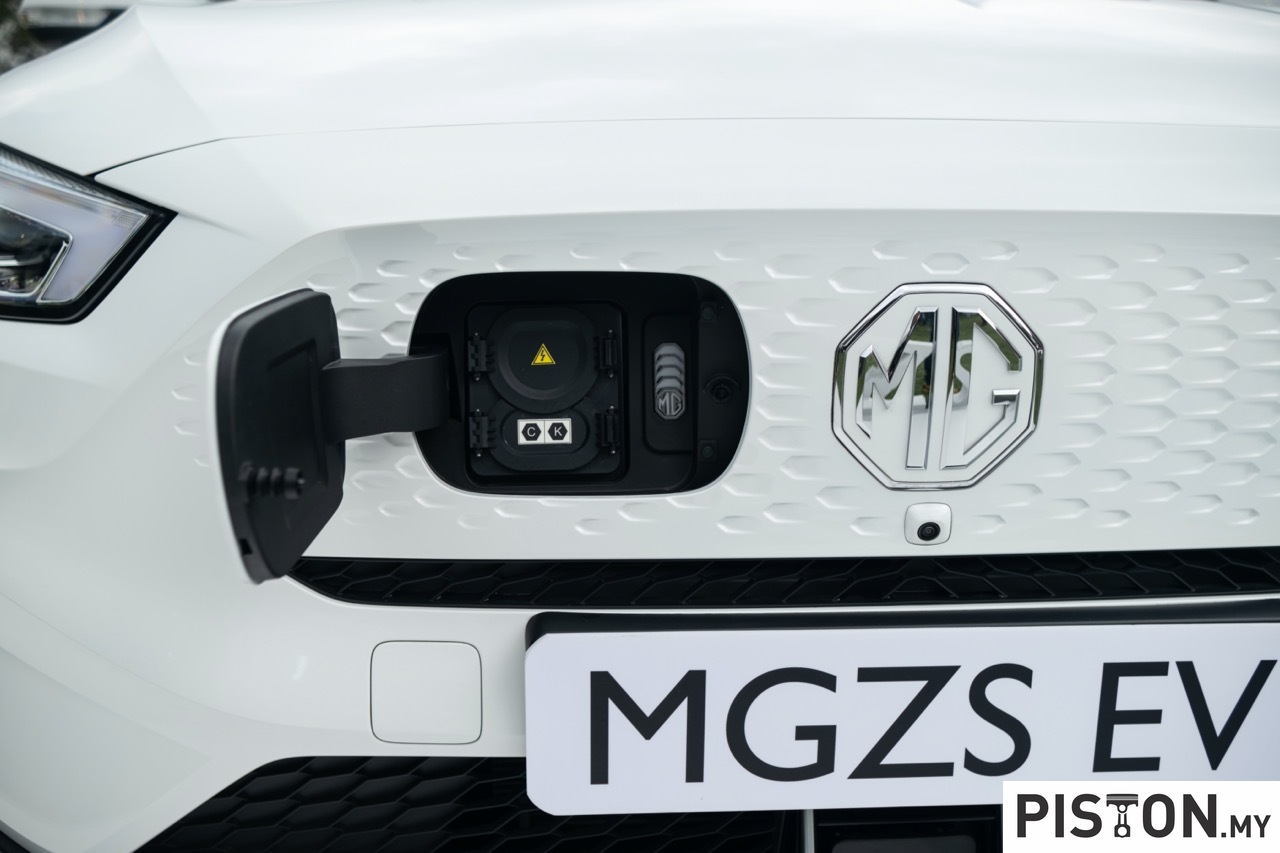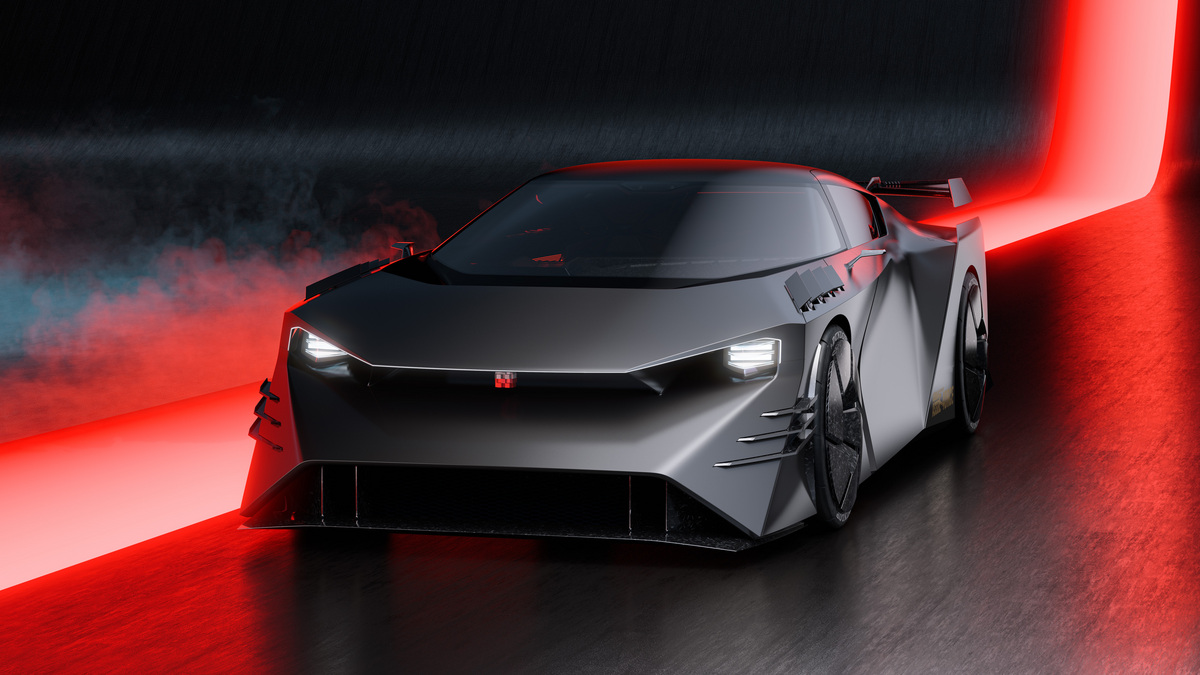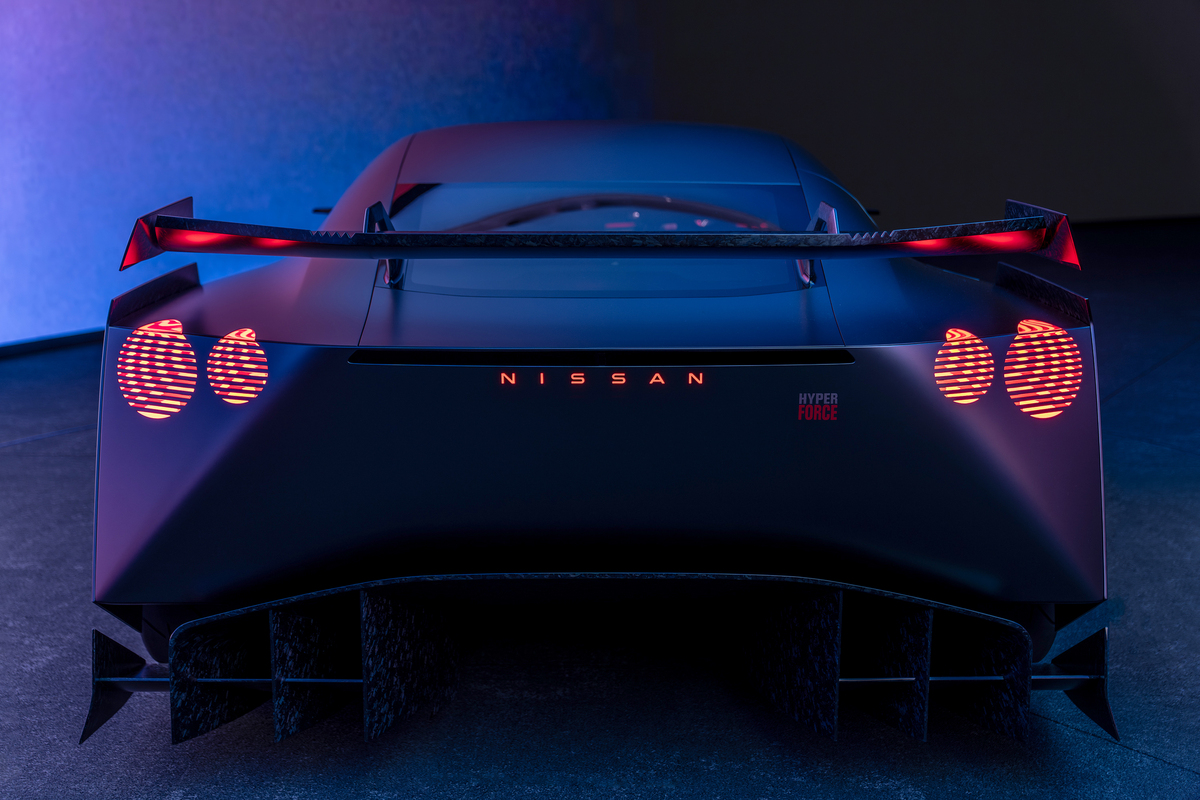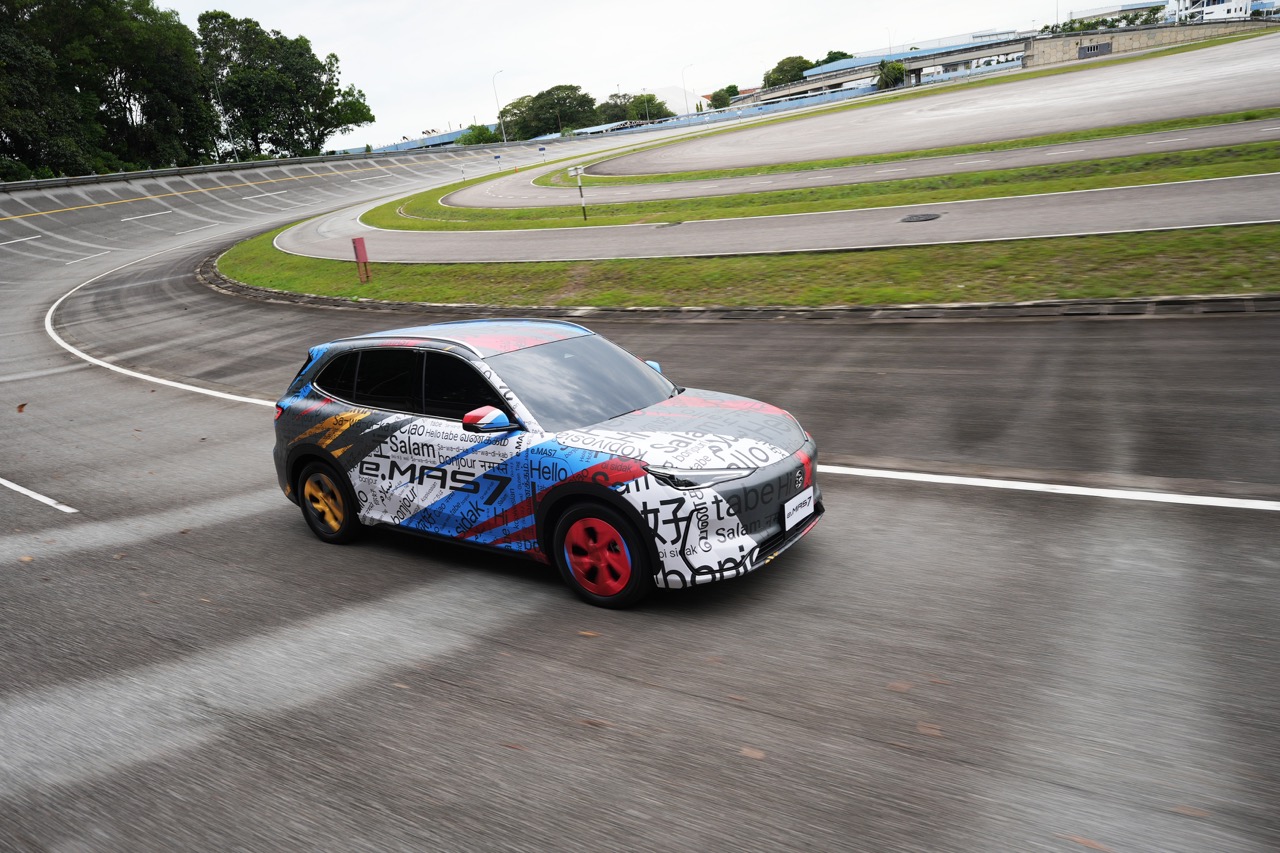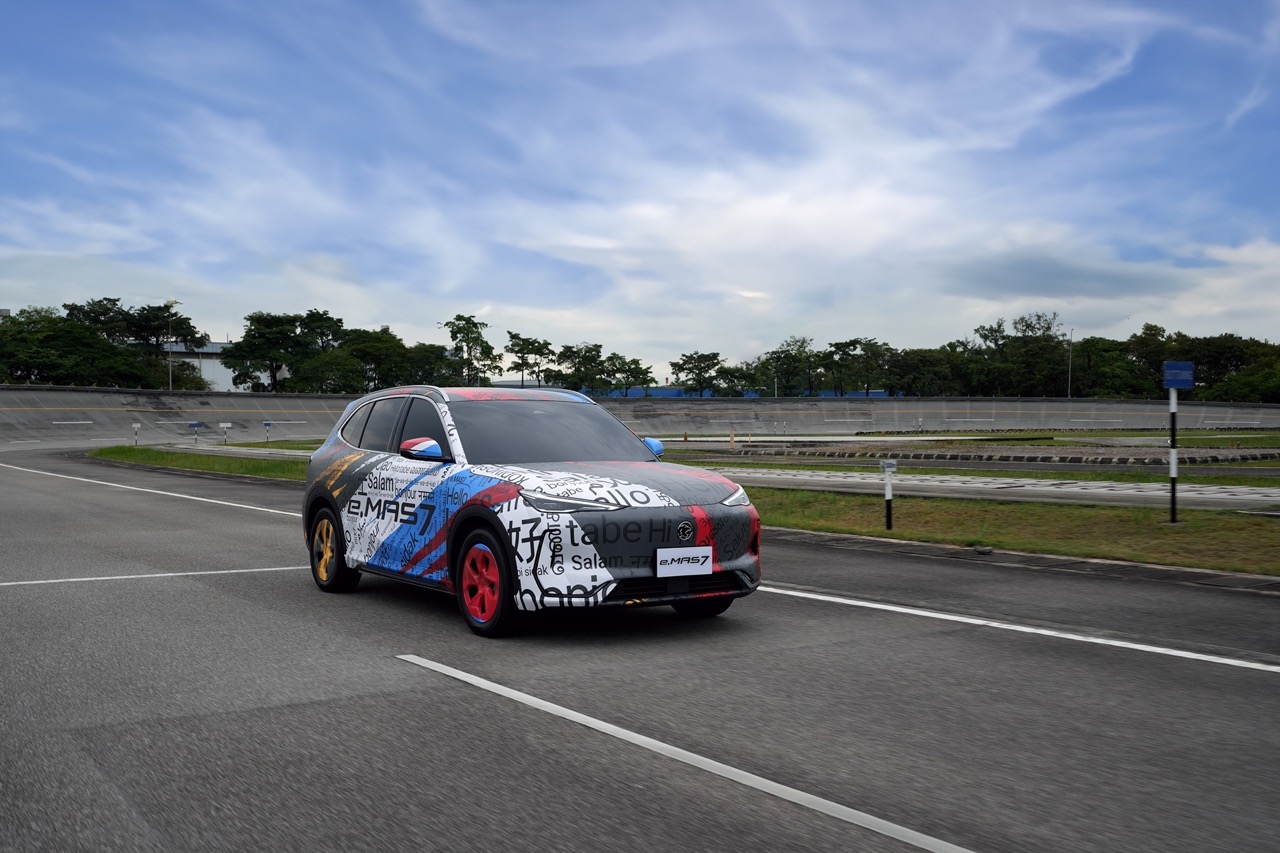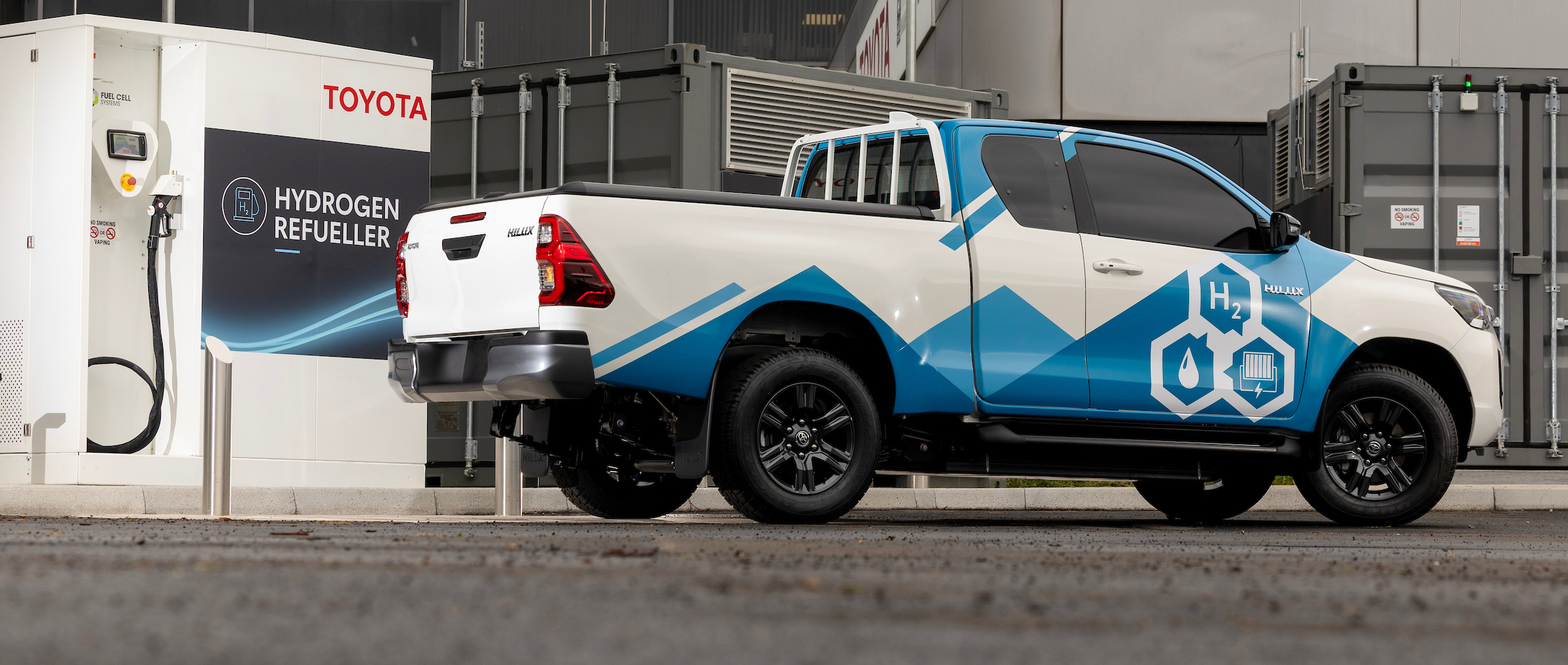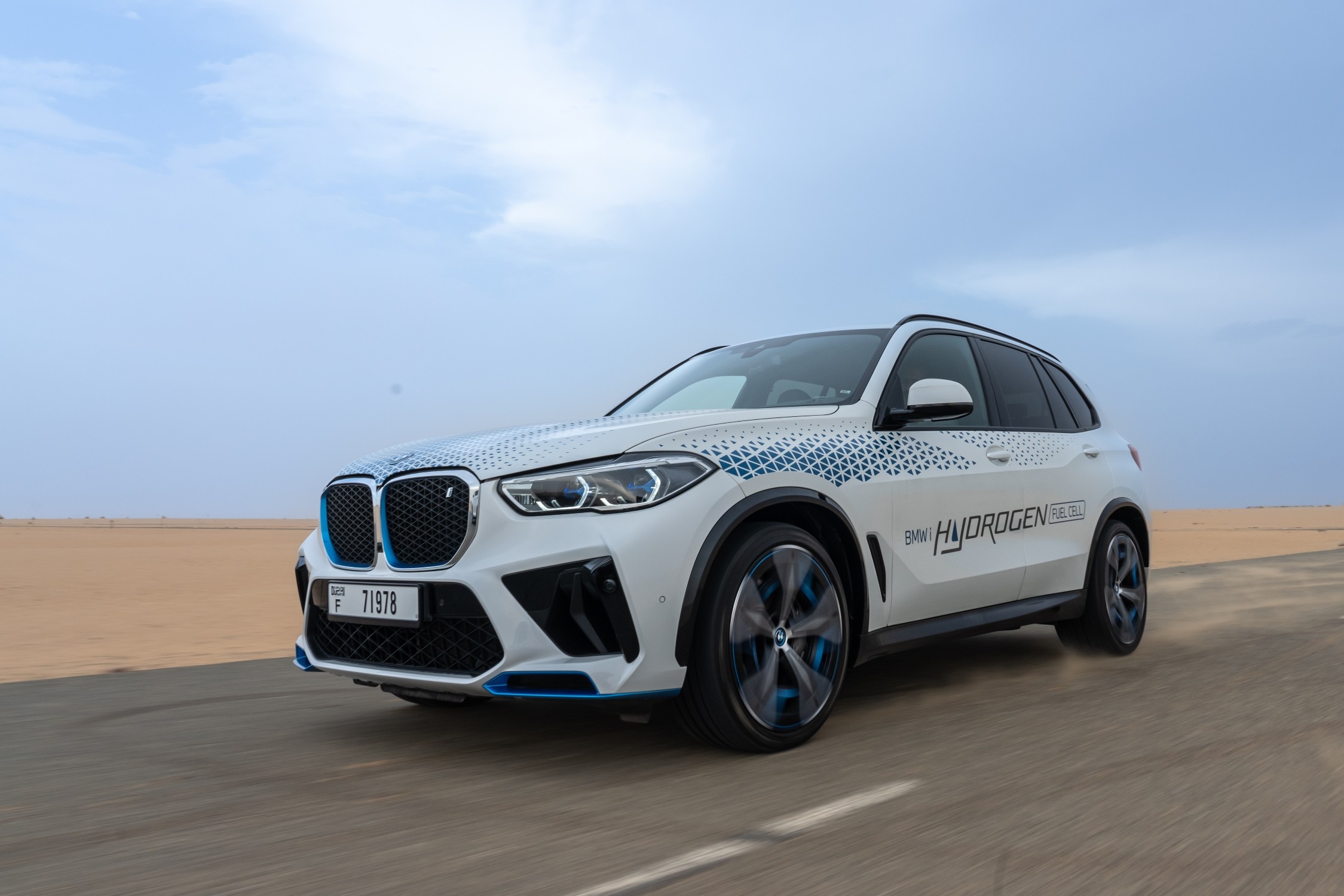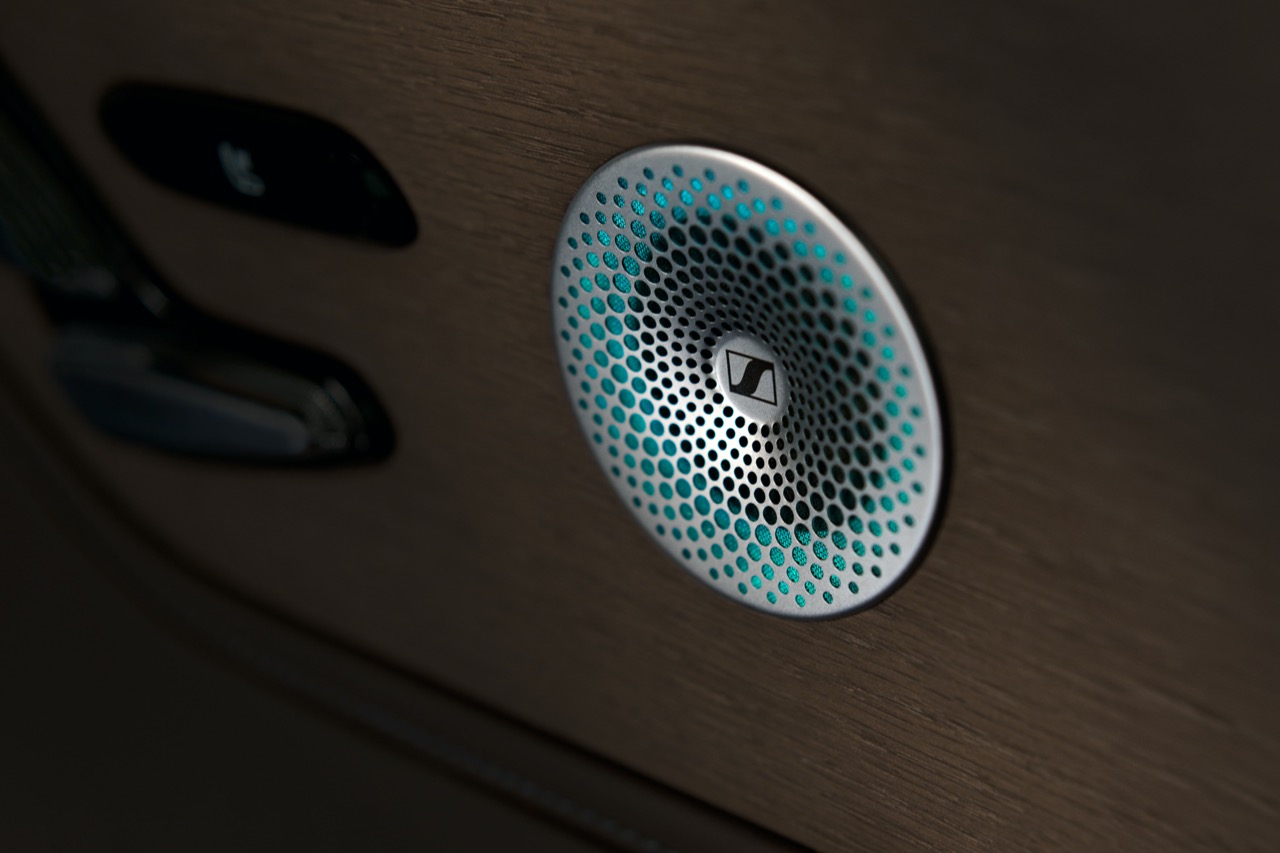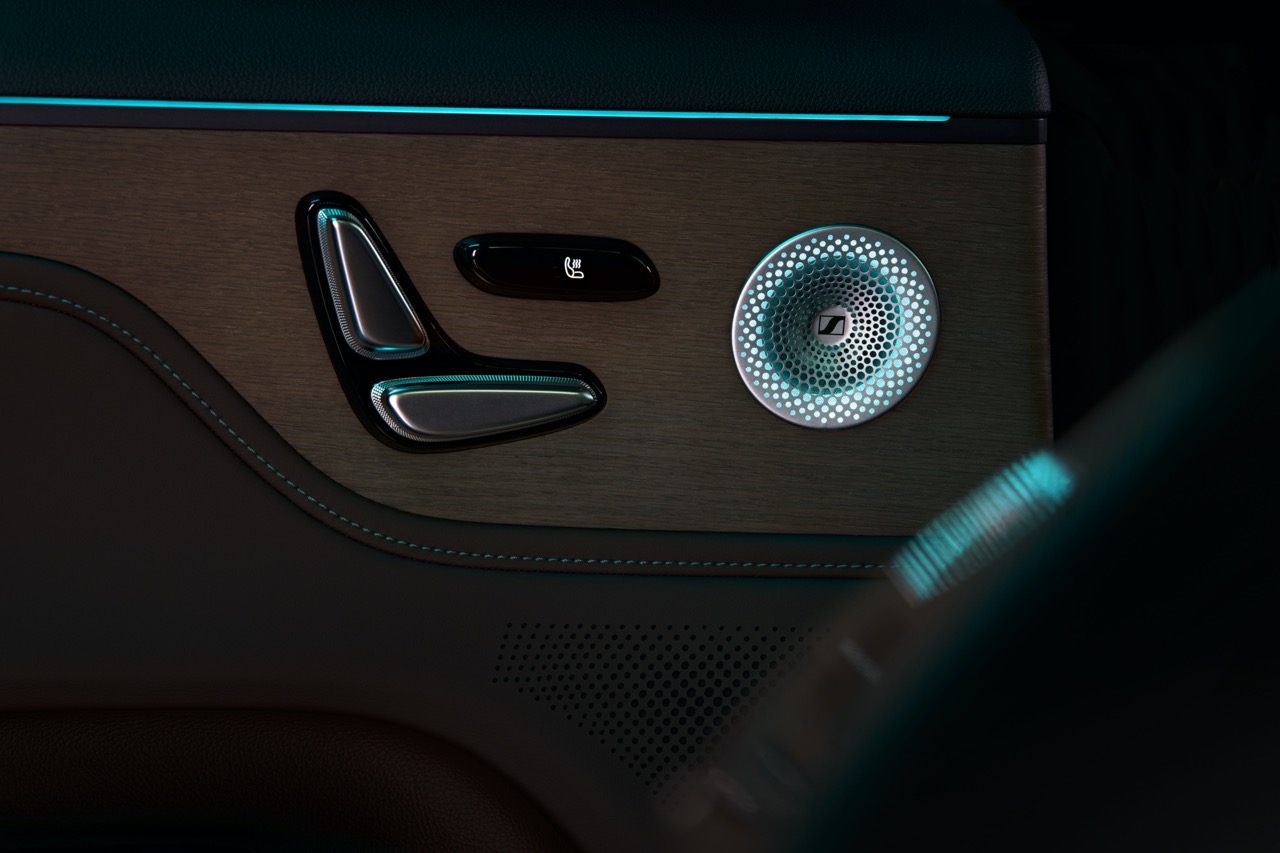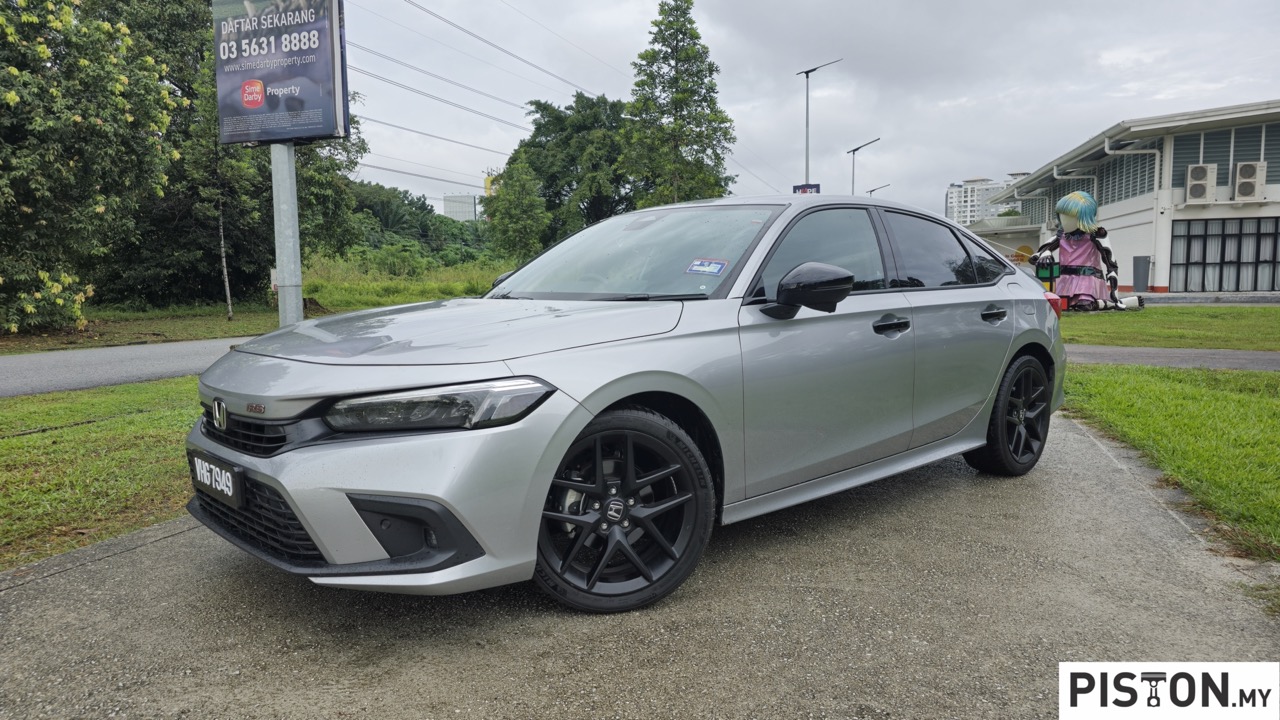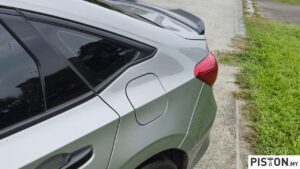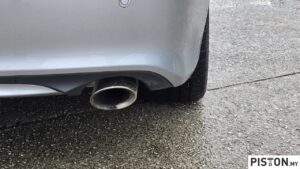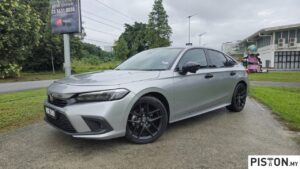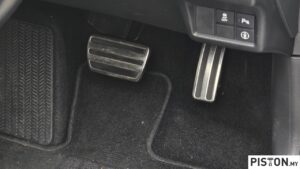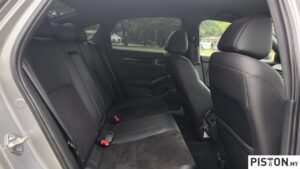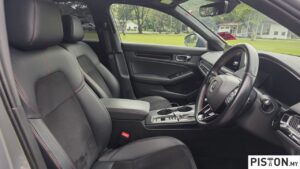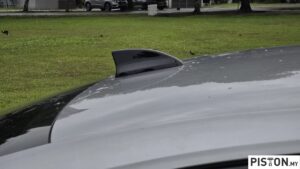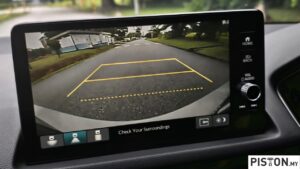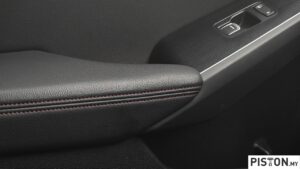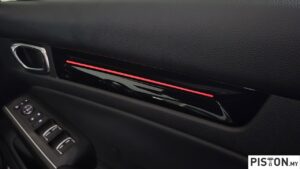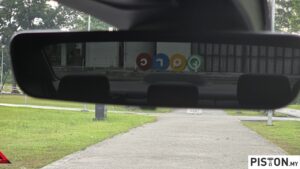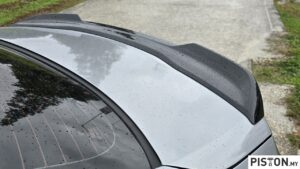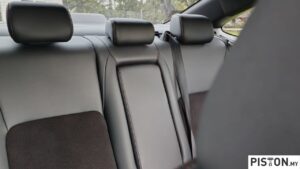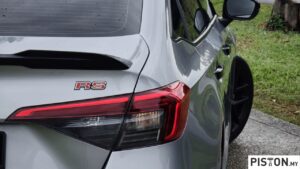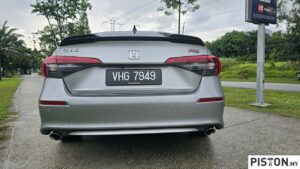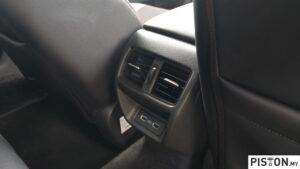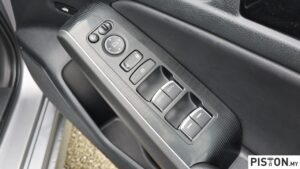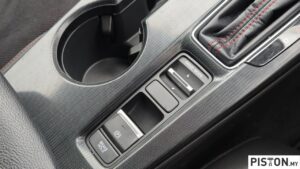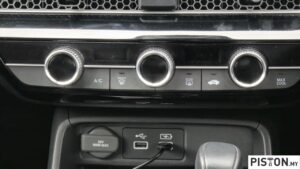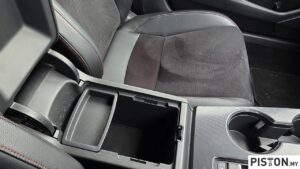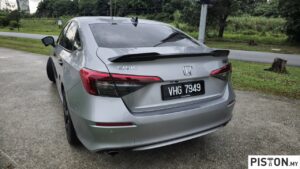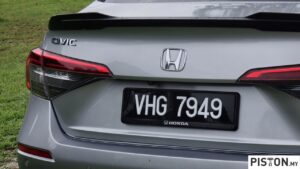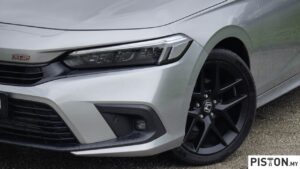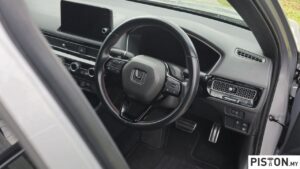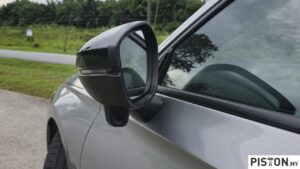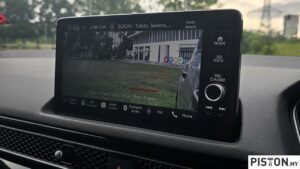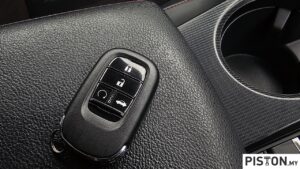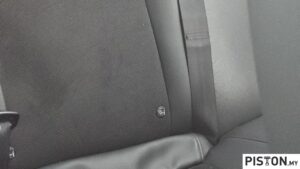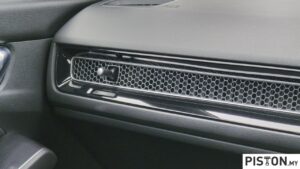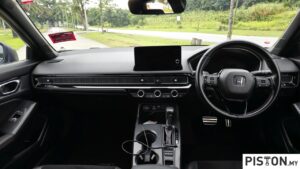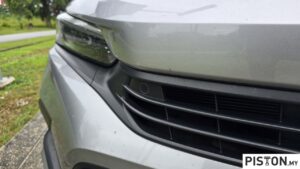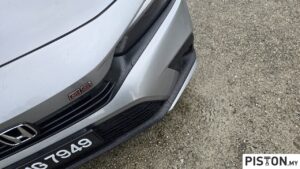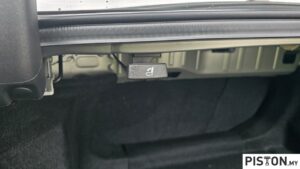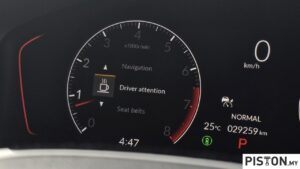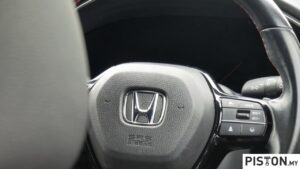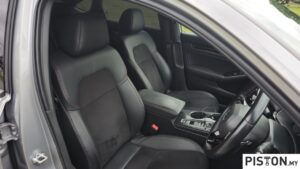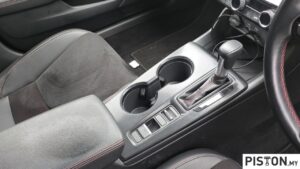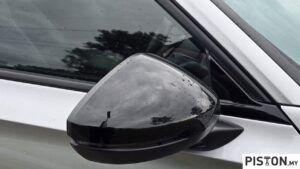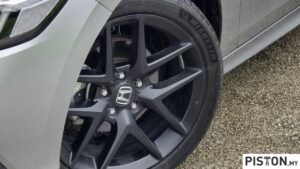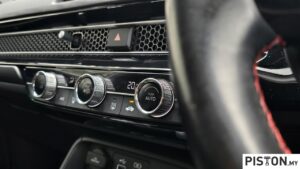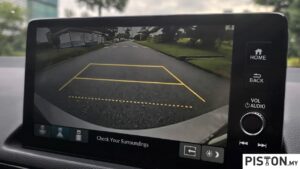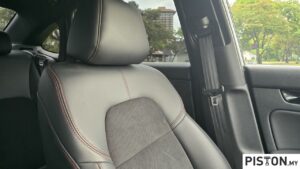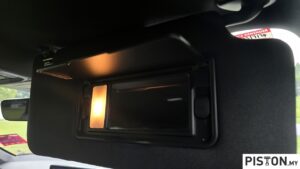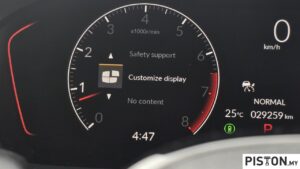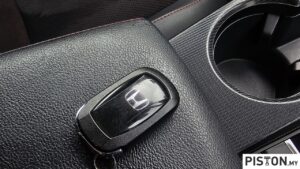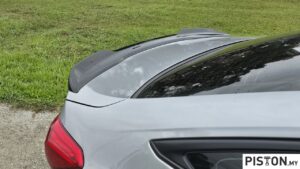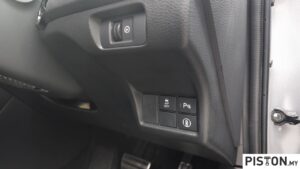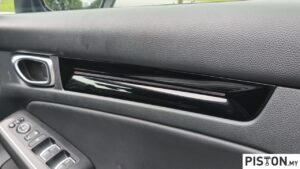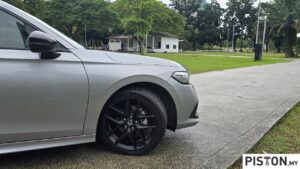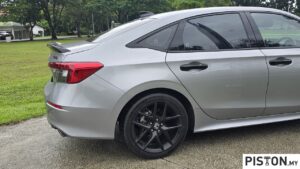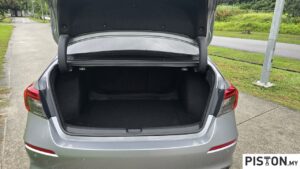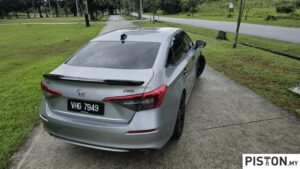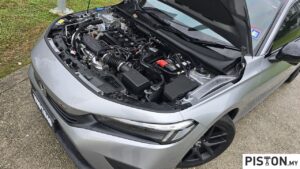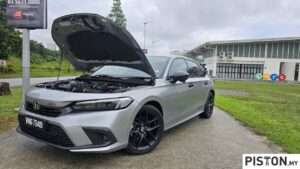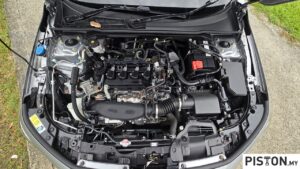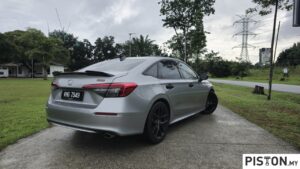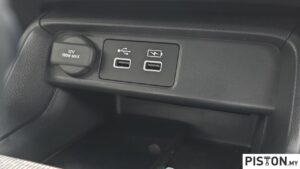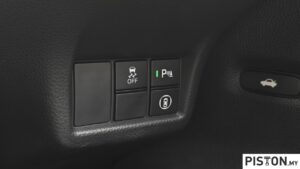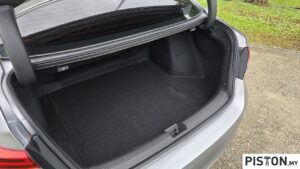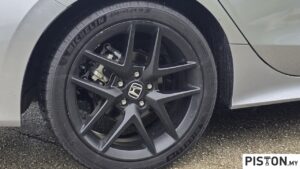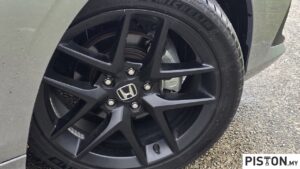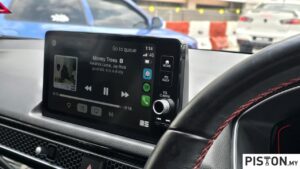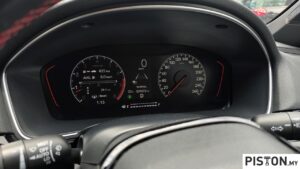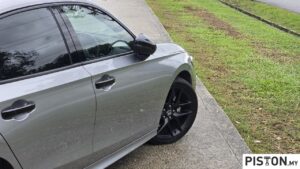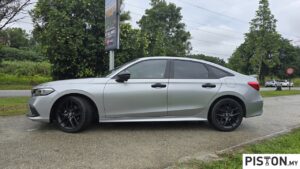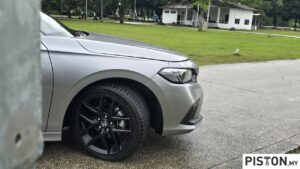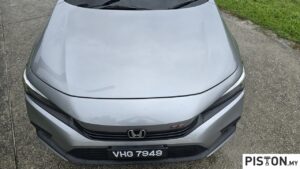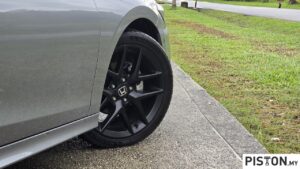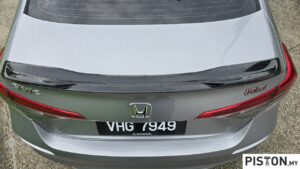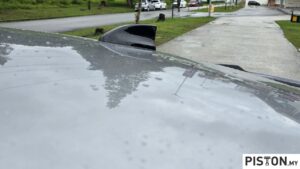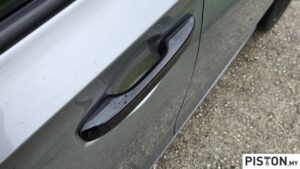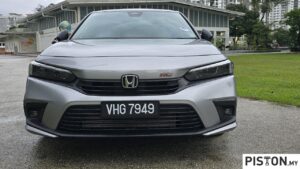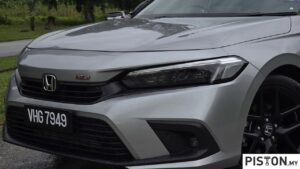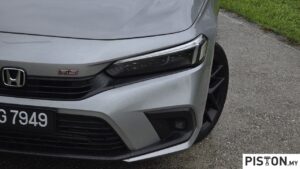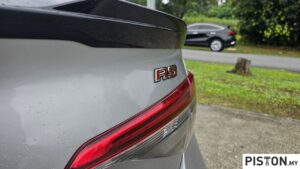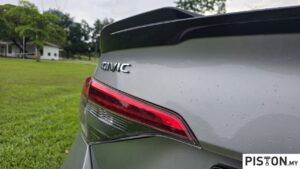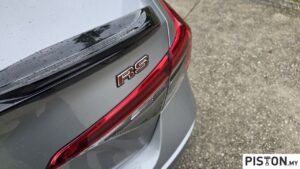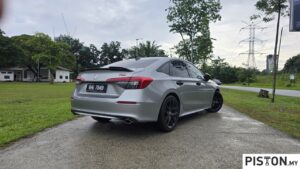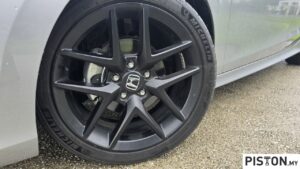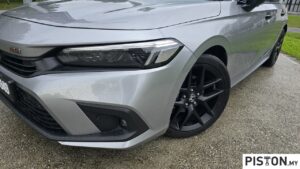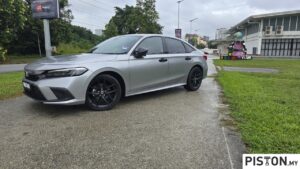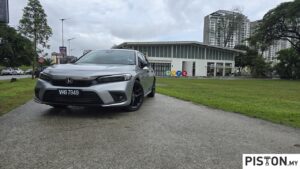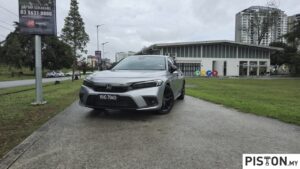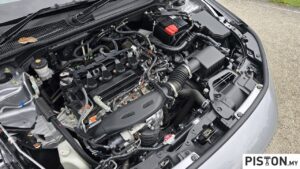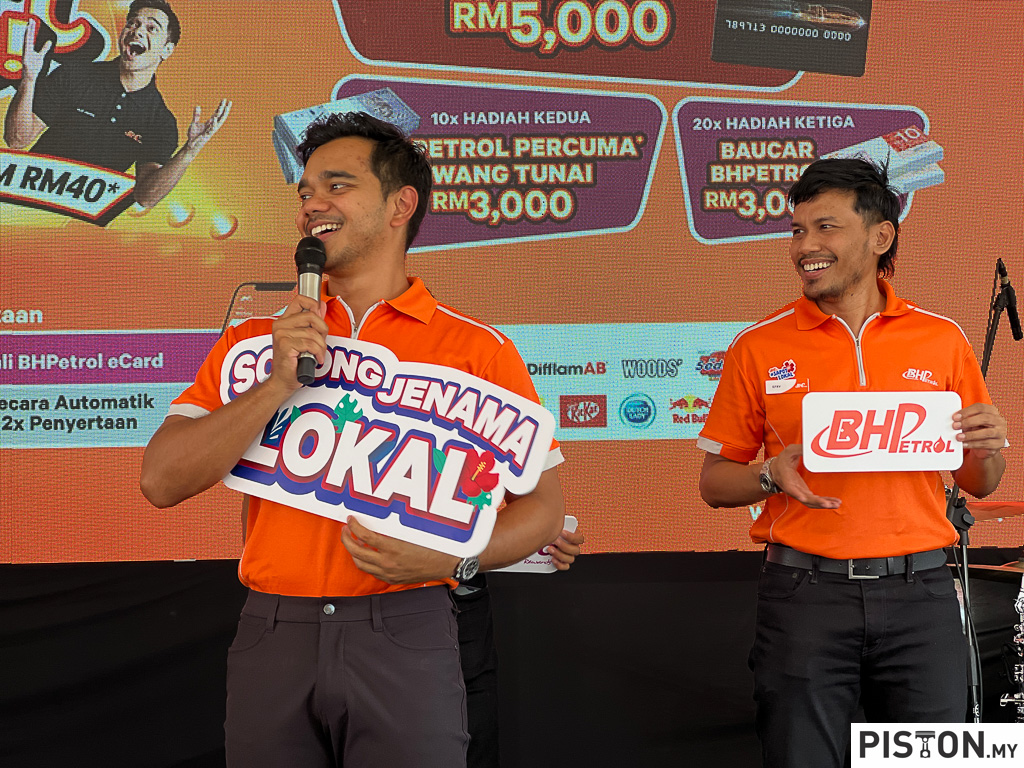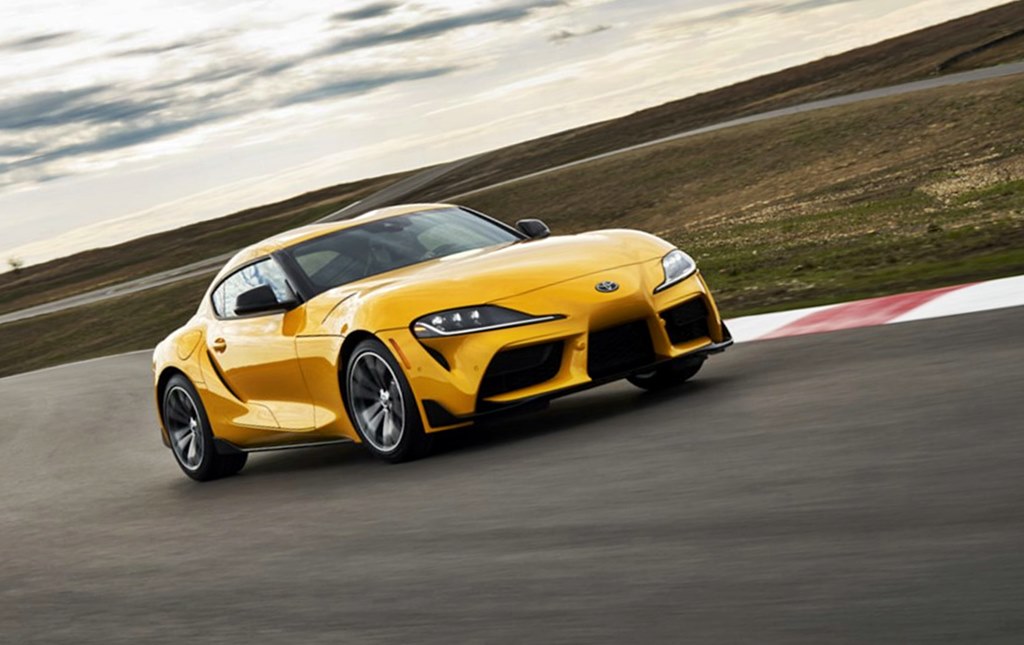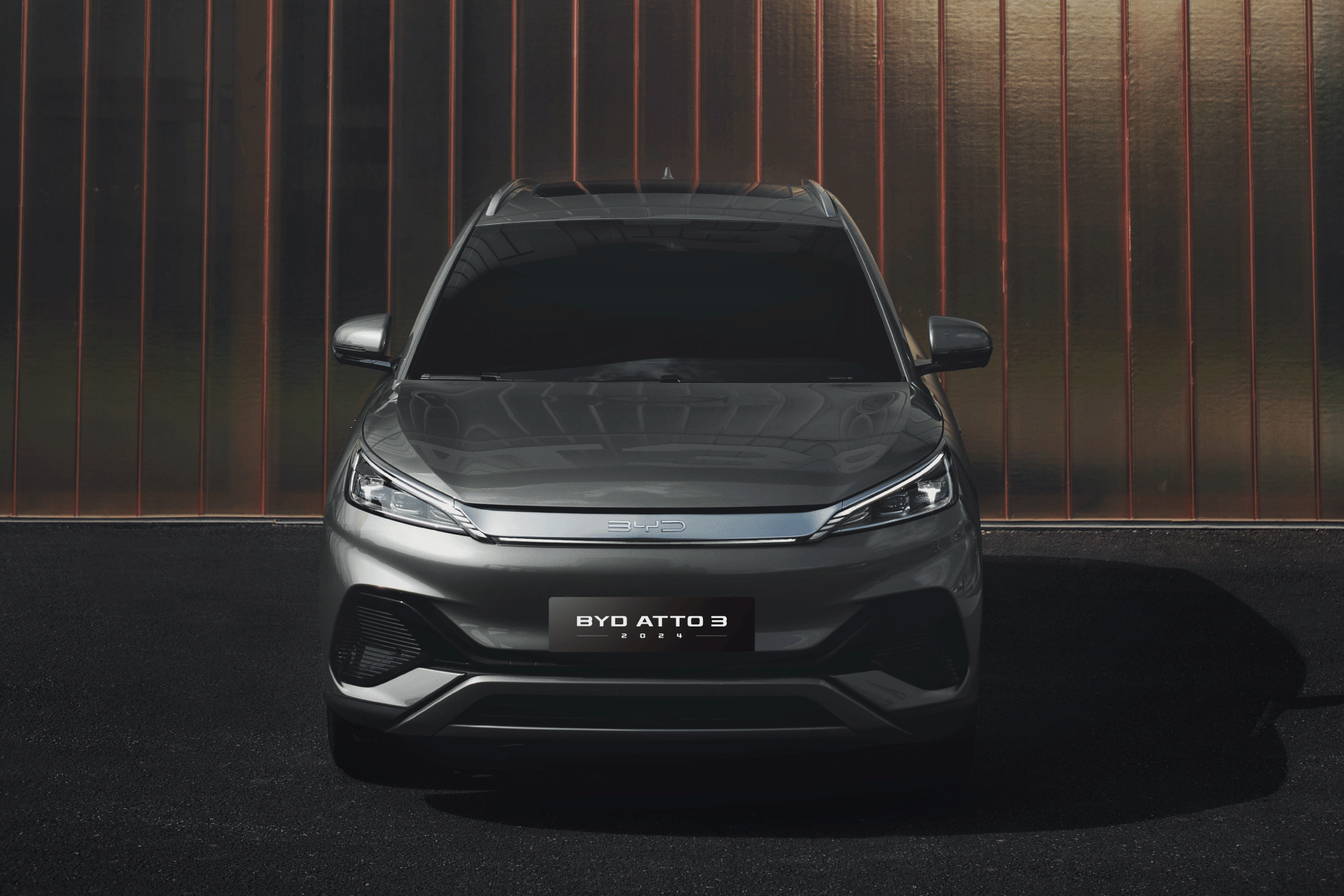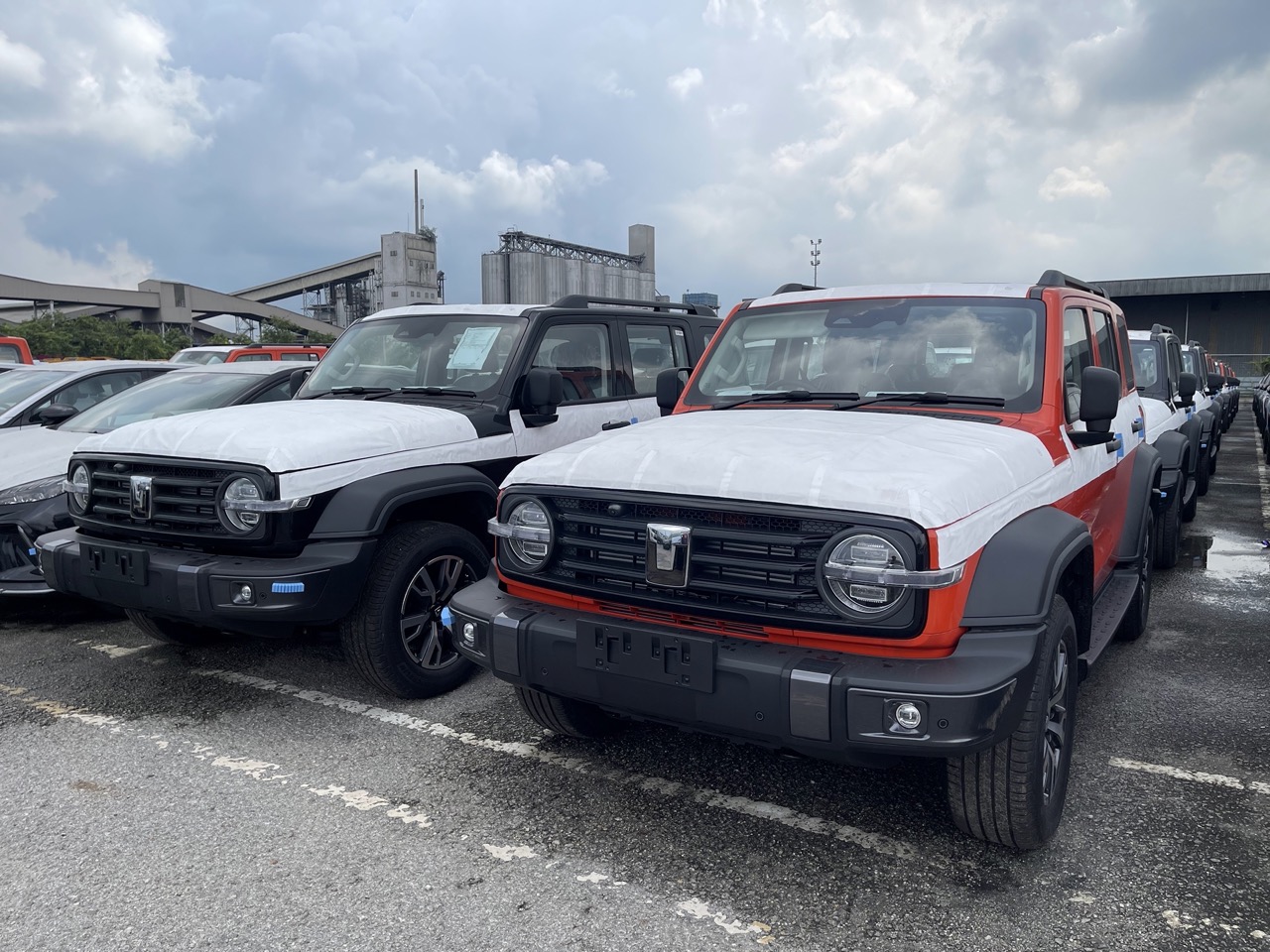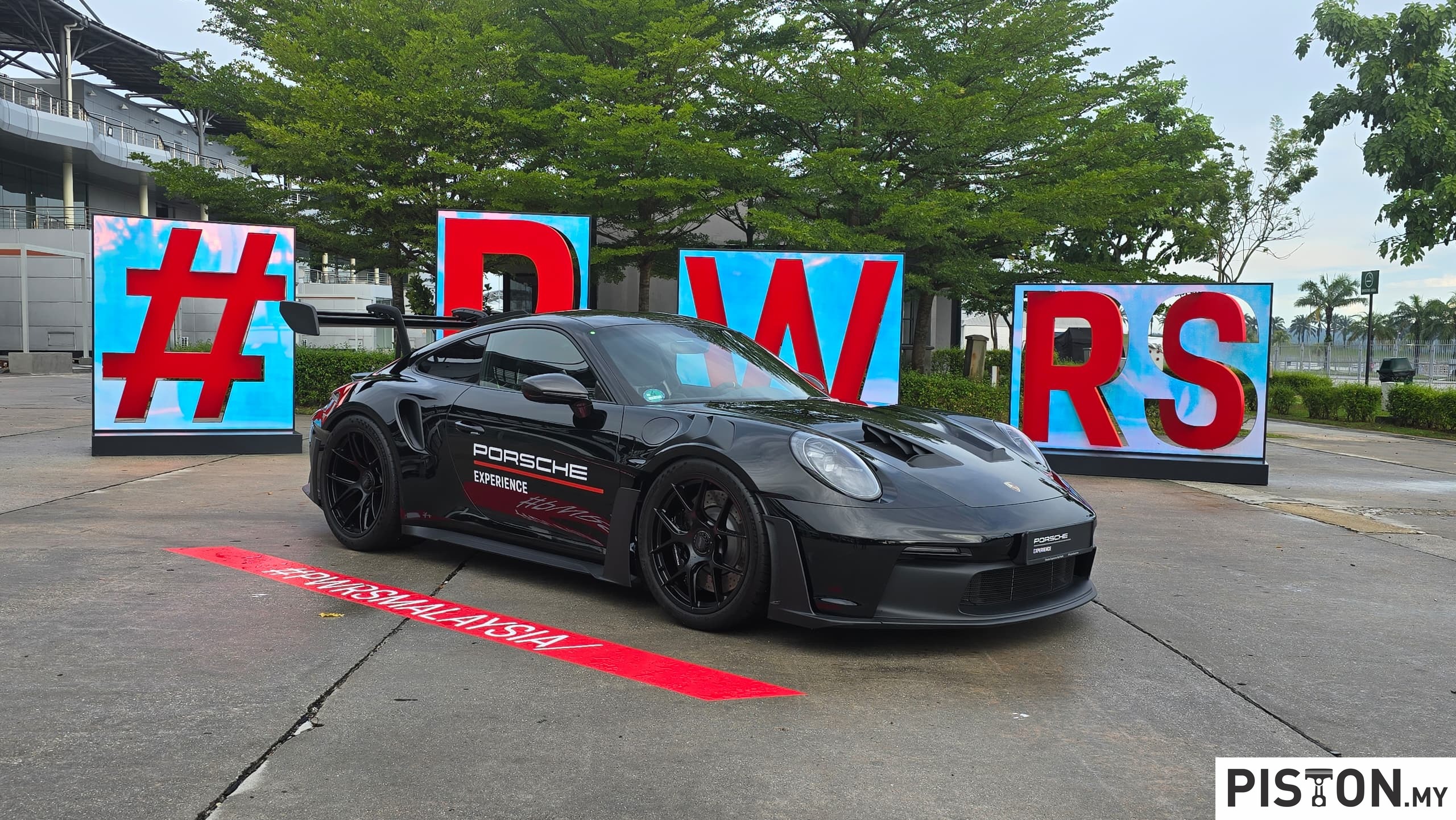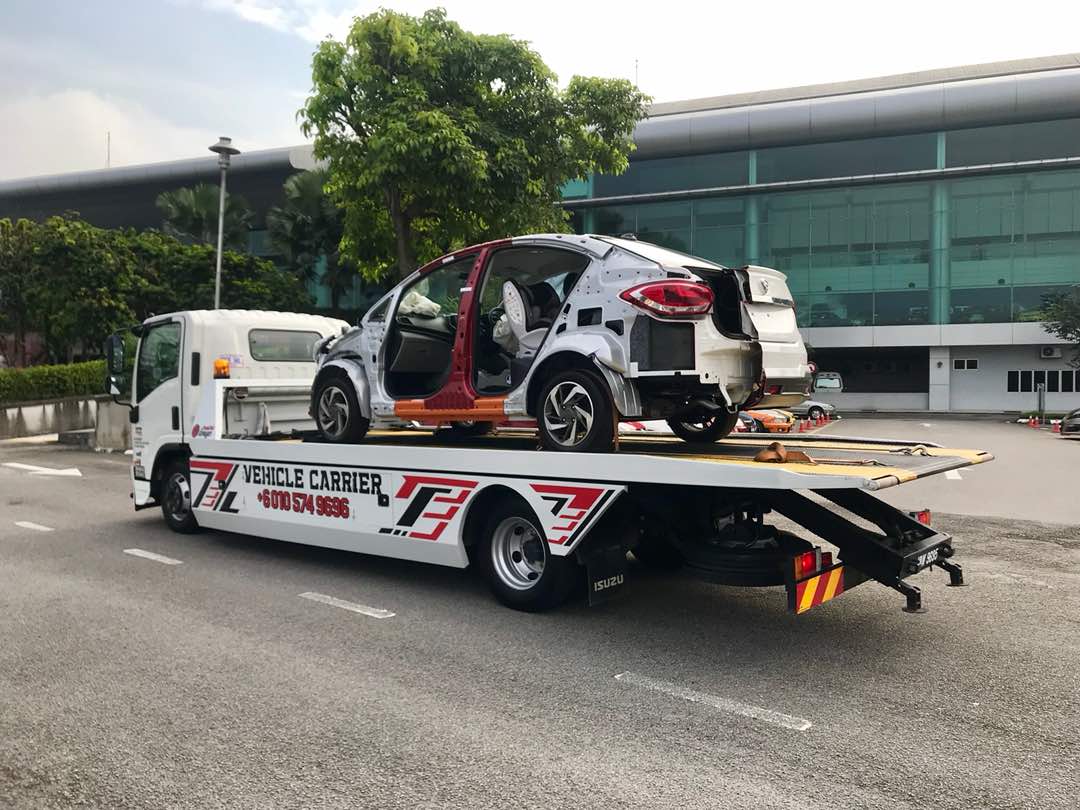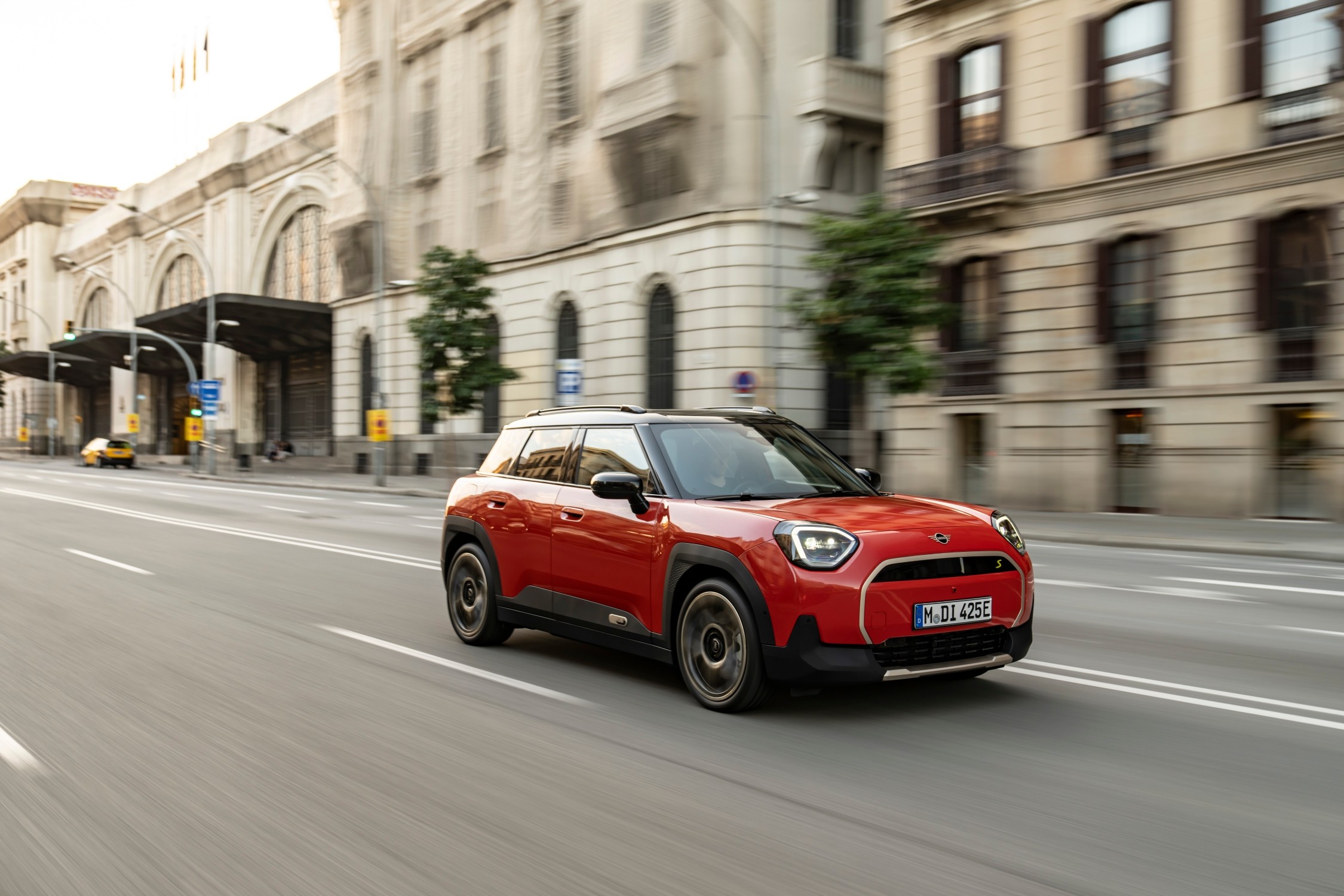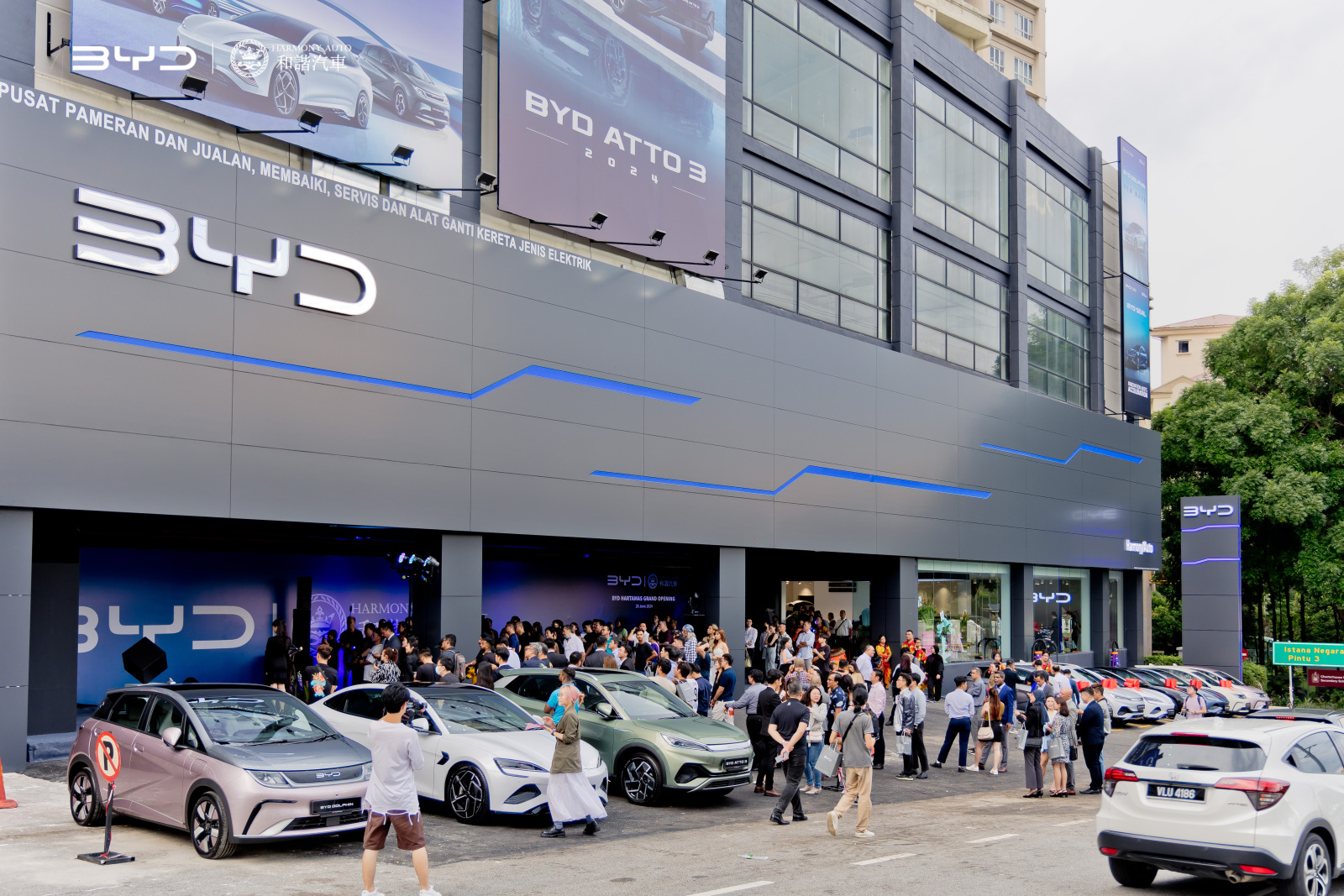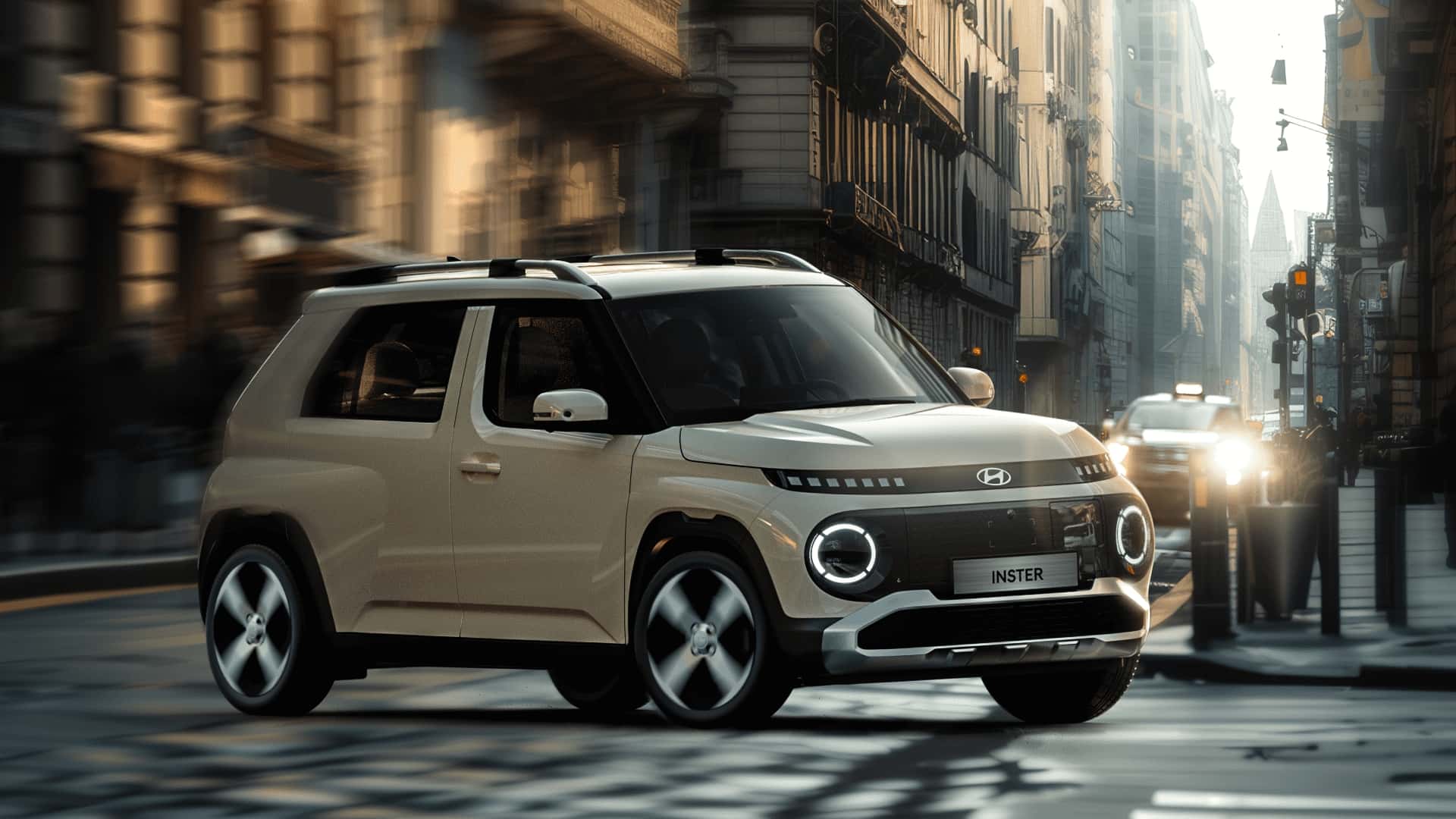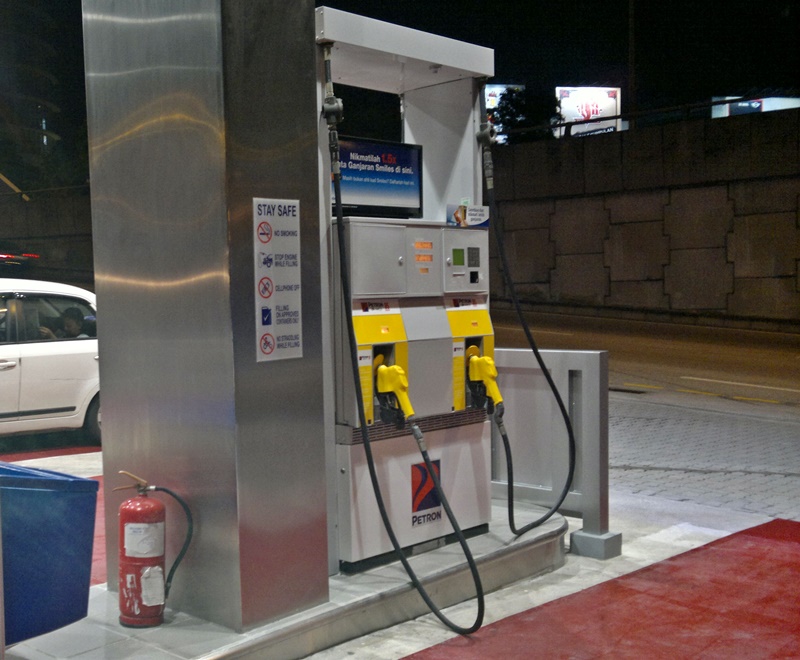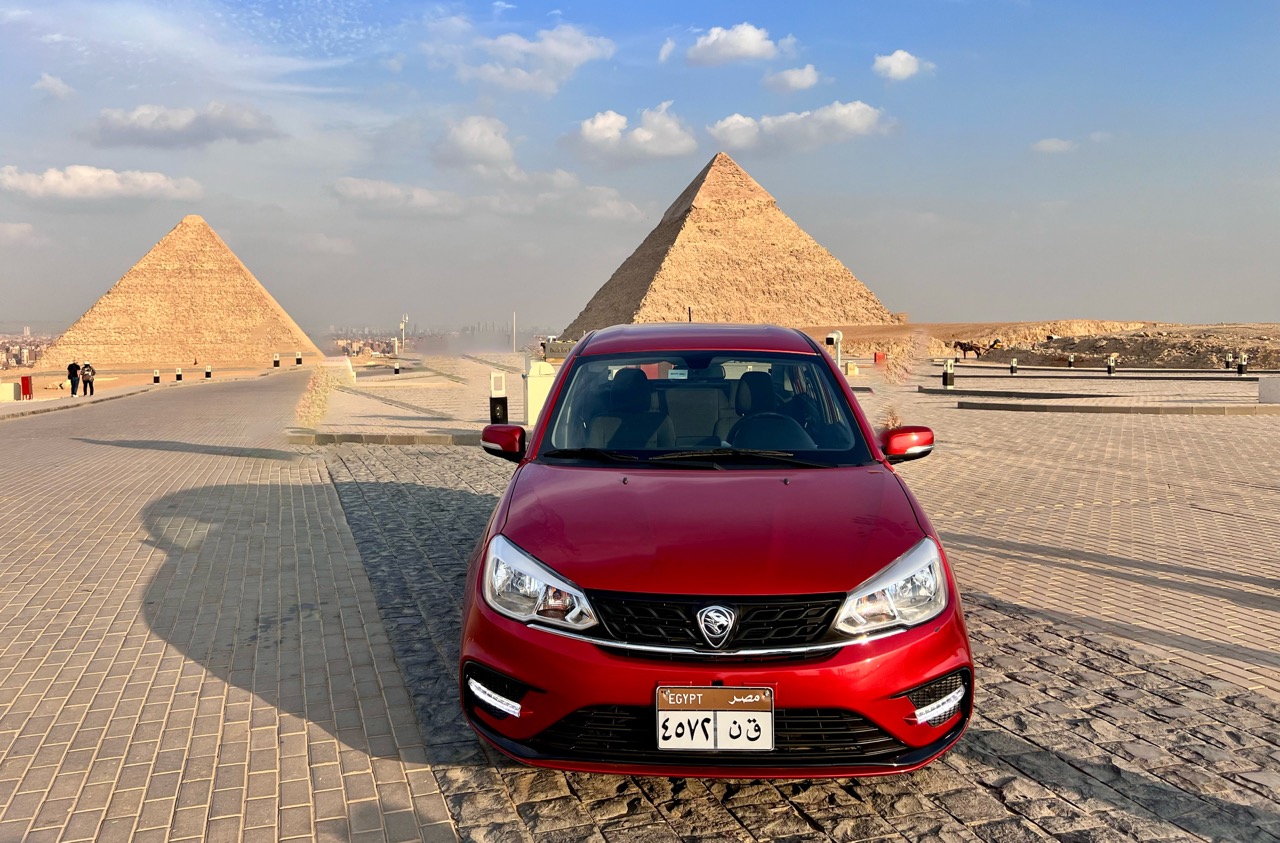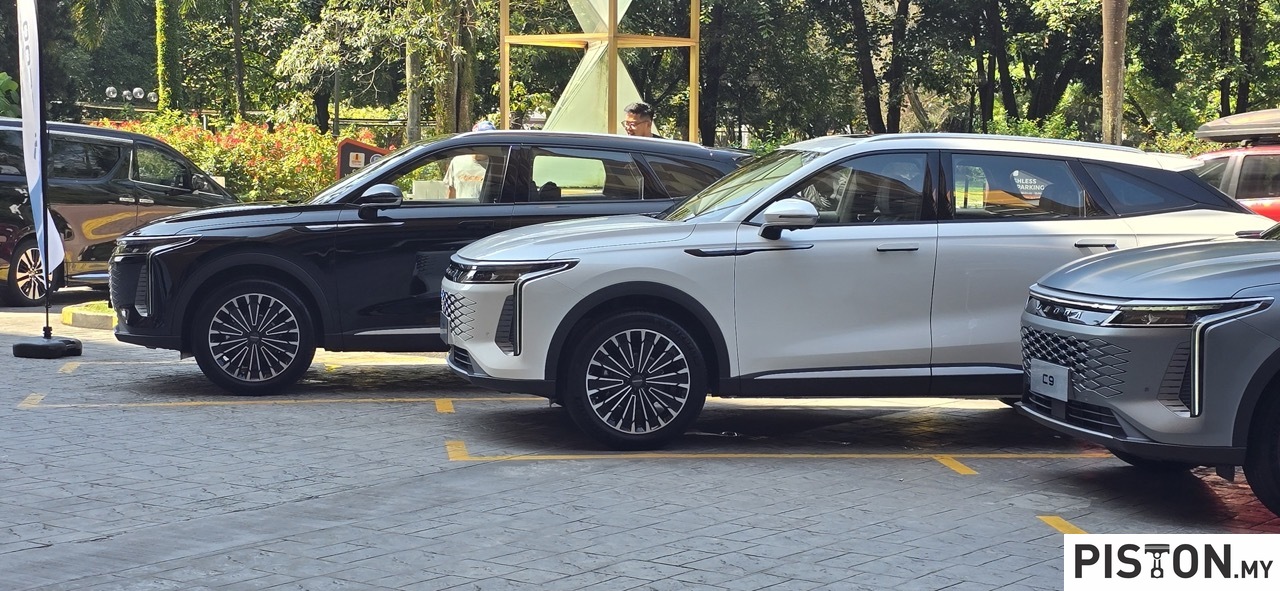Honda has done many things right with its cars, which is why there are thousands of Honda fanboys out there. This writer is one of them. Whether it is a performance-based car or a comfort-based car, Honda excels in both.
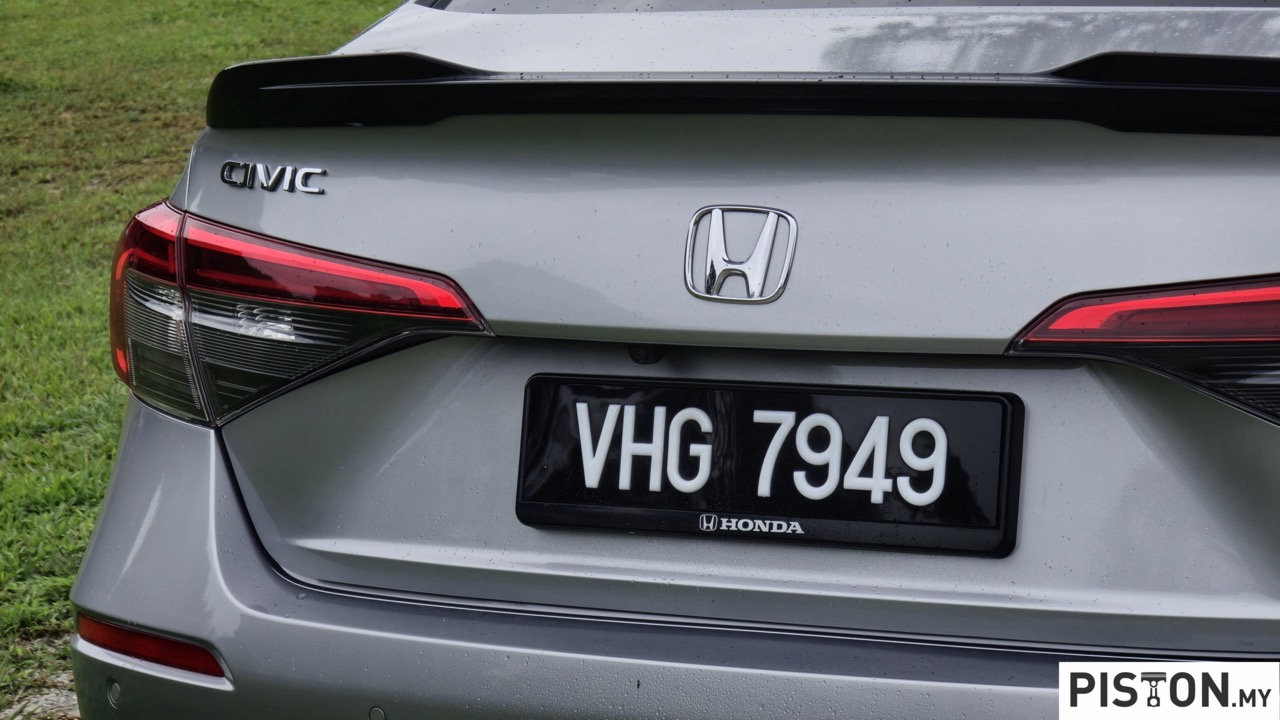
The 10th and 11th generation Honda Civic, however, successfully combines both. It is just that the 11th generation does it better.
The Civic dates back to 1972 and came equipped with a 1,169 cc four-cylinder water-cooled engine and featured front disc brakes, reclining vinyl bucket seats, simulated wood trim on the dashboard, as well as optional air conditioning.
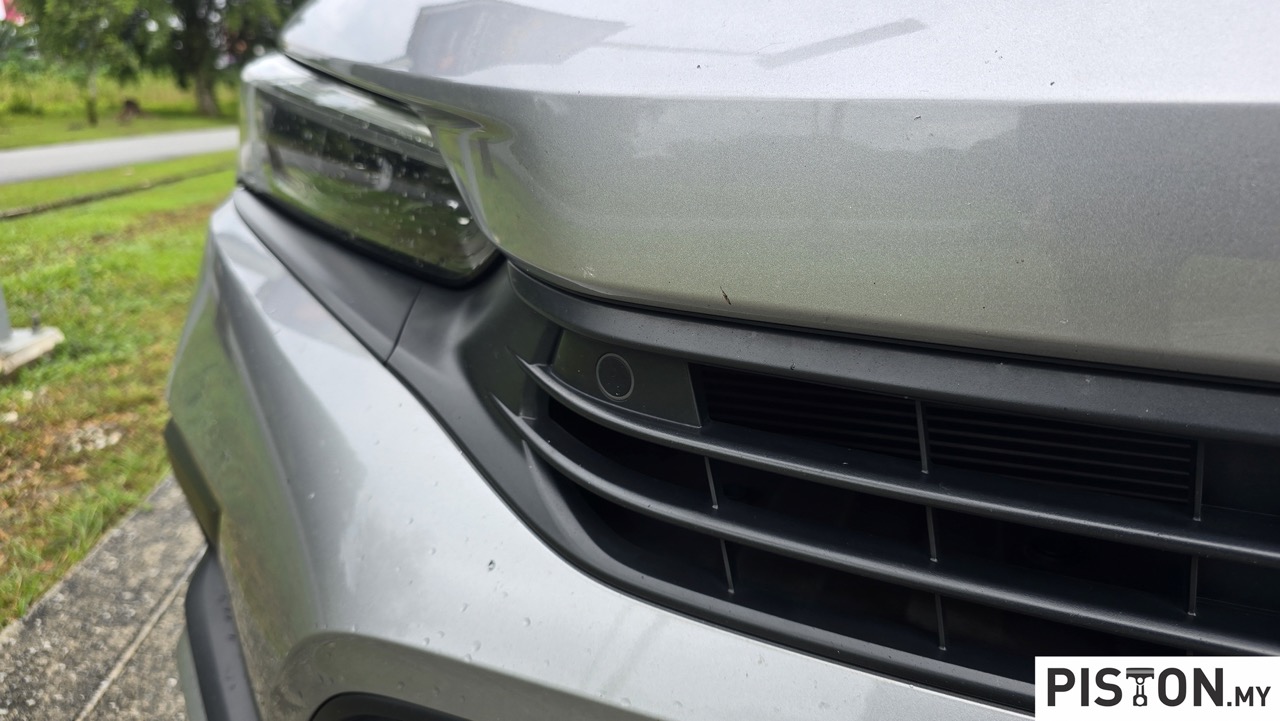
At that time, that was impressive. But this writer grew up with the fifth generation onwards and during my school days, we used to take a friend’s Civic EG9 and hit the car meets. On Friday nights, we used to get on the highways to just listen to that engine opening up when the V-TEC kicked in was pretty much what stole the heart of this writer.
It was not that comfortable because the older ones were more performance-oriented builds. Those who had them most definitely did not keep them stock because it was almost impossible to do so.
Along came the eight-generation Civic which introduced performance and a little more comfort. Keep in mind that we are not talking about the Type R’s. We are keeping it to the standard variants here. The eighth gen made quite a name here as enthusiasts who could not afford the Type R variant would buy the standard ones and convert or modify it.
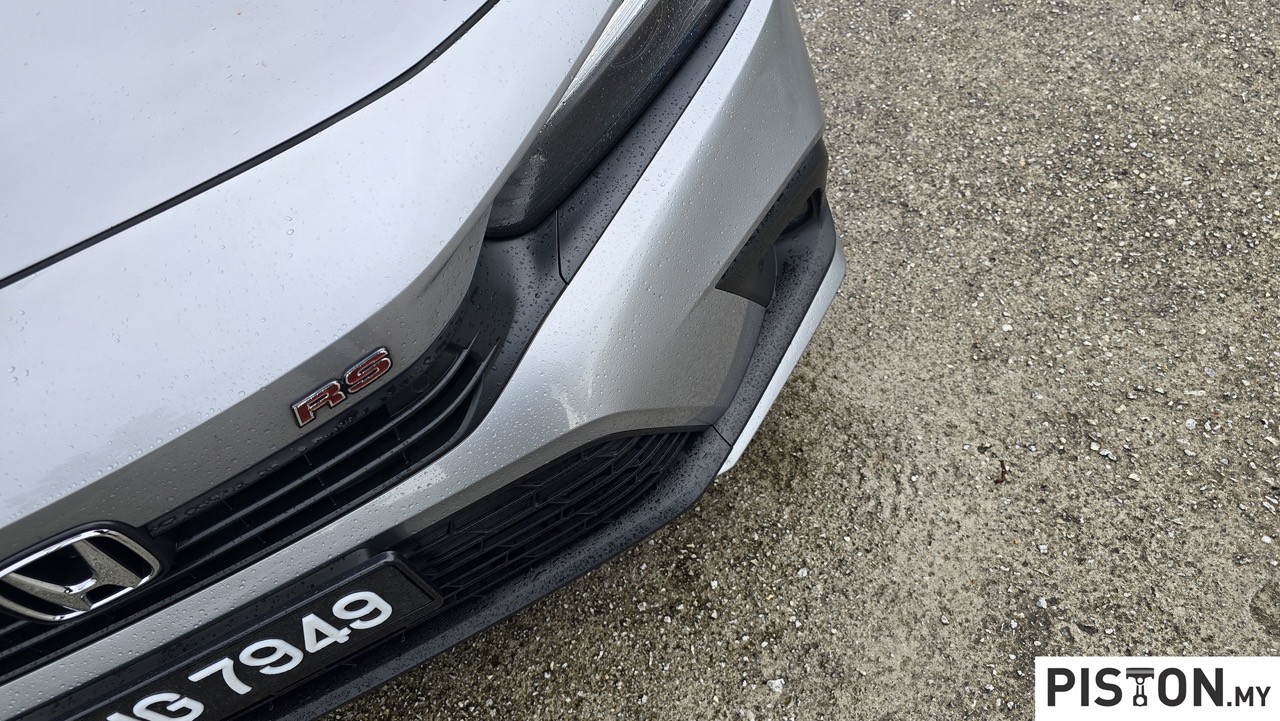
When the ninth generation was introduced, it was a bit of a letdown because it looked like it was marketed more towards working-class people. Although it had the FK2 Type R, the car itself was not that memorable.
Now the 10th-generation Civic also known as the Civic “Ketam” here in Malaysia is still one of the most popular generation Civics here. Every corner of the world you go to, you are sure to bump into a Civic. It is at every car show, car meet and race. This generation introduced the iconic FK8 Type R which made those who had the standard variant pump out money for the conversion. This was slightly more spacious and comfortable, yet it was still a beast on the road.
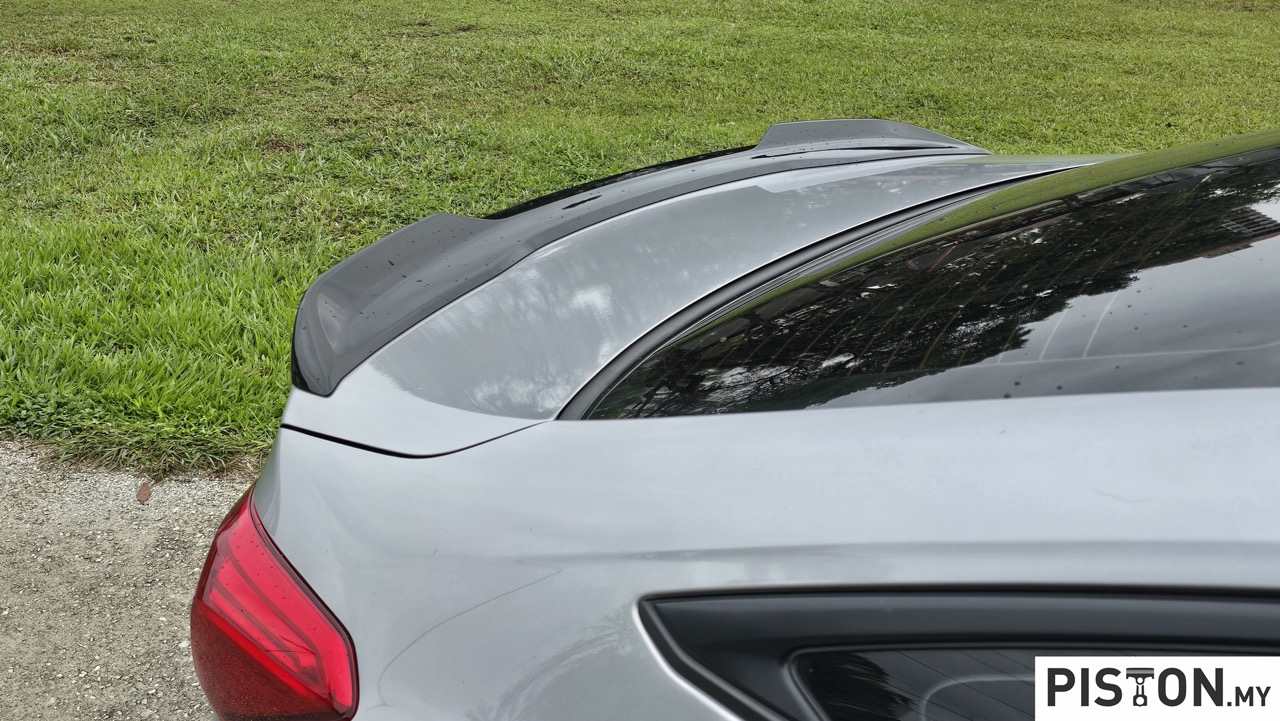
On to the latest generation, Honda’s new interior design language which looks great for these set of eyes, also adds a little touch of sophistication. This translates into a more grown-up and matured look. The 2024 Honda CR-V features this same look with the honeycomb-designed vents which again looks pleasing to the eye. To those of you who use the traditional vents to attach your phone holders, sorry but you will not be able to do so with this design.
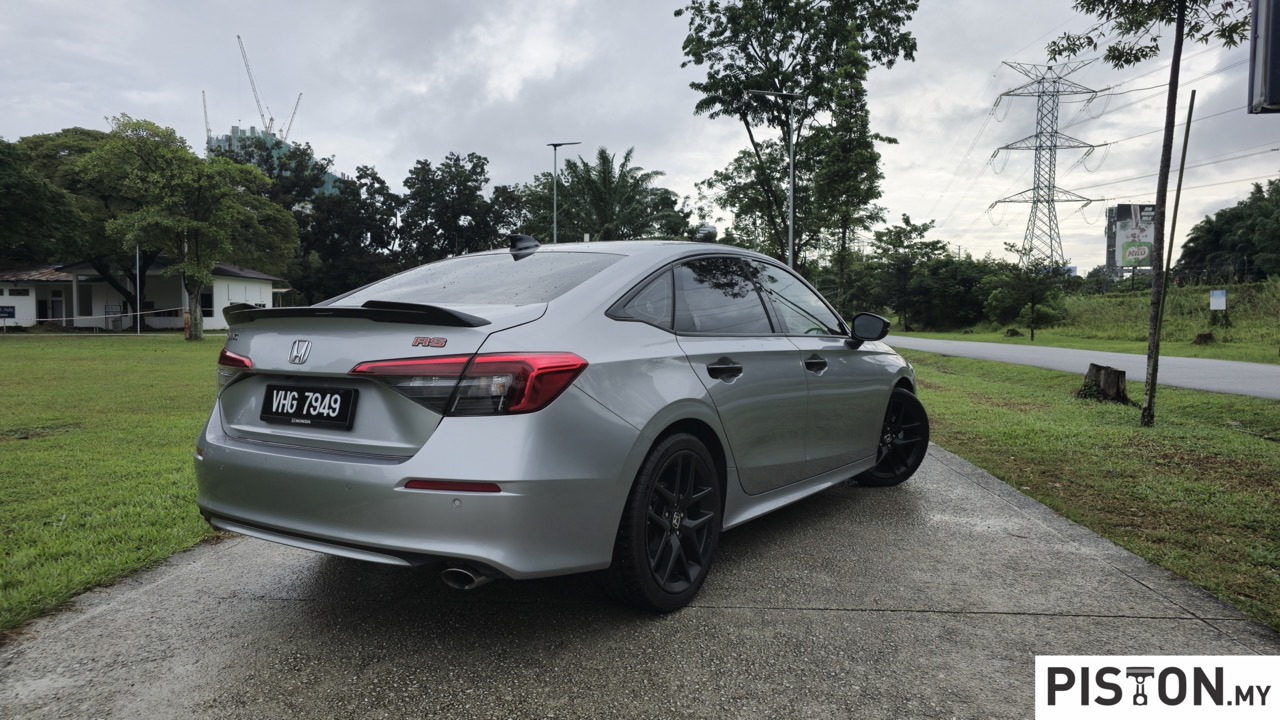
This writer is one of those who use those phone holders and at first, I was annoyed that I could not do so but then I remembered that I use that for the sole purpose of navigation and the Civic has wireless Apple CarPlay, so there, problem solved. For the android users, it also features Android Auto Connectivity.
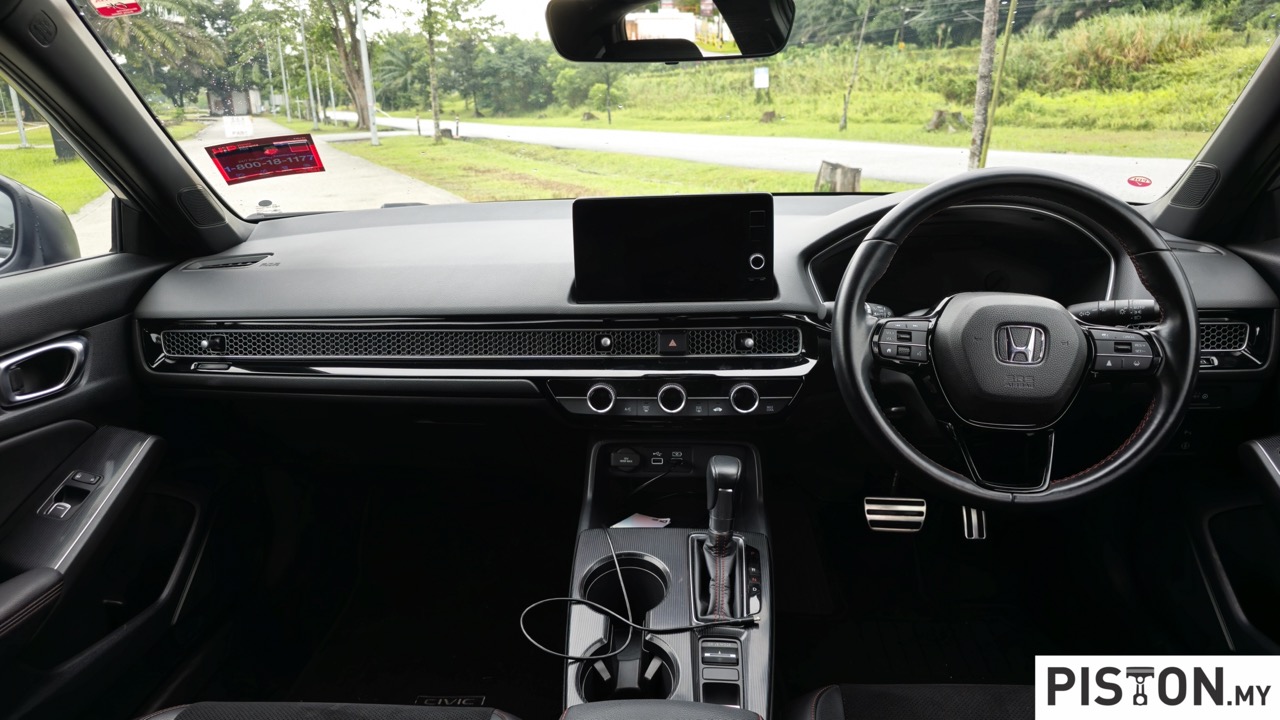
This is accessible through the nine-inch advanced display infotainment screen which is easy to understand as to how straightforward it is. No complications when it comes to navigating through the contents of the infotainment screen which will save you some time in case you are in a hurry and need to get the GPS going. What we like is that the screen serves its purpose of doing the necessities. What do we mean by that? Well, modern cars these days are implementing simple control functions such as air-conditioning settings and drive modes into the infotainment screen. This means extra steps are needed for you to access those functions and while you are driving, it can be distracting.
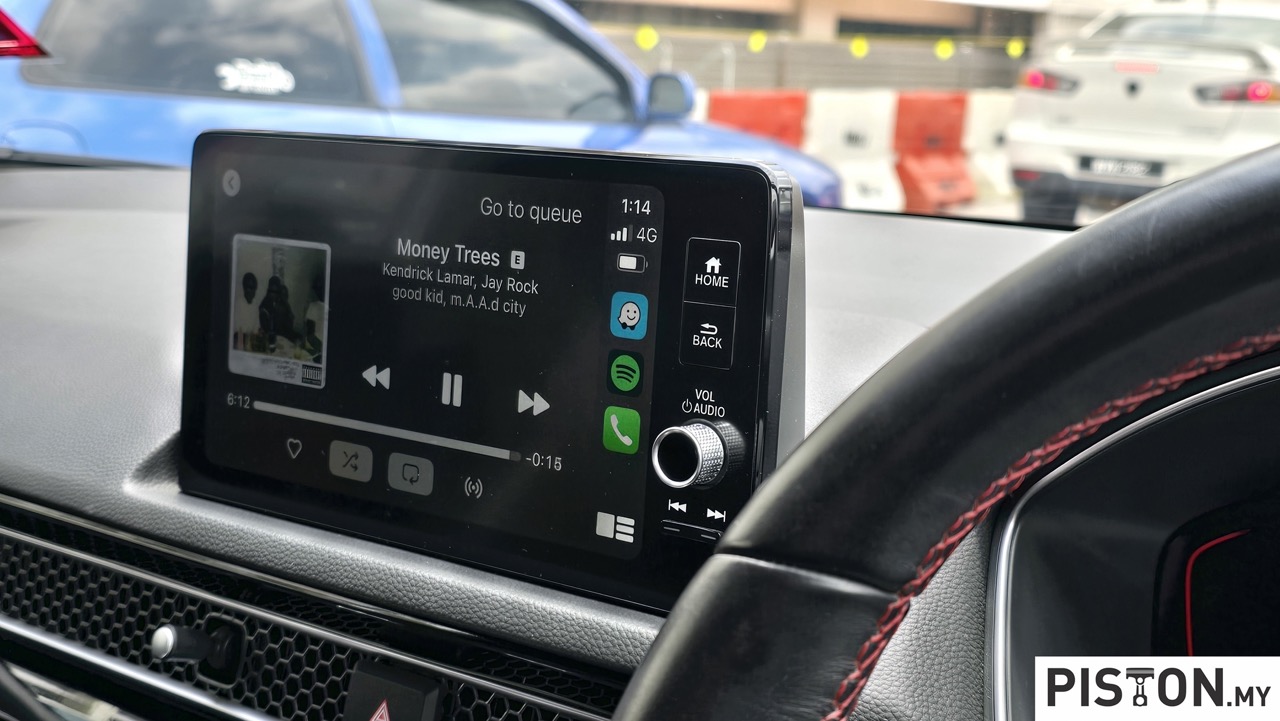
Honda keeps it simple with physical buttons and controls that are also found on the steering wheel which allows you to make quick changes without taking your eyes off the road. Things such as skipping to the next track from your Spotify playlist can be done even without looking at the steering wheel because you will get used to the feel and touch of where the buttons are located. Speaking of Spotify, the music is channelled back to the cabin through eight speakers which sound decent.

Ever since the discontinuation of the Accord here in Malaysia, the Civic has had some pretty big shoes to fill in terms of comfort and spaciousness. Just for the record, this writer has a big build and comfort is one of the utter most important elements I look for in a car, besides the performance. The Civic did not let me down.
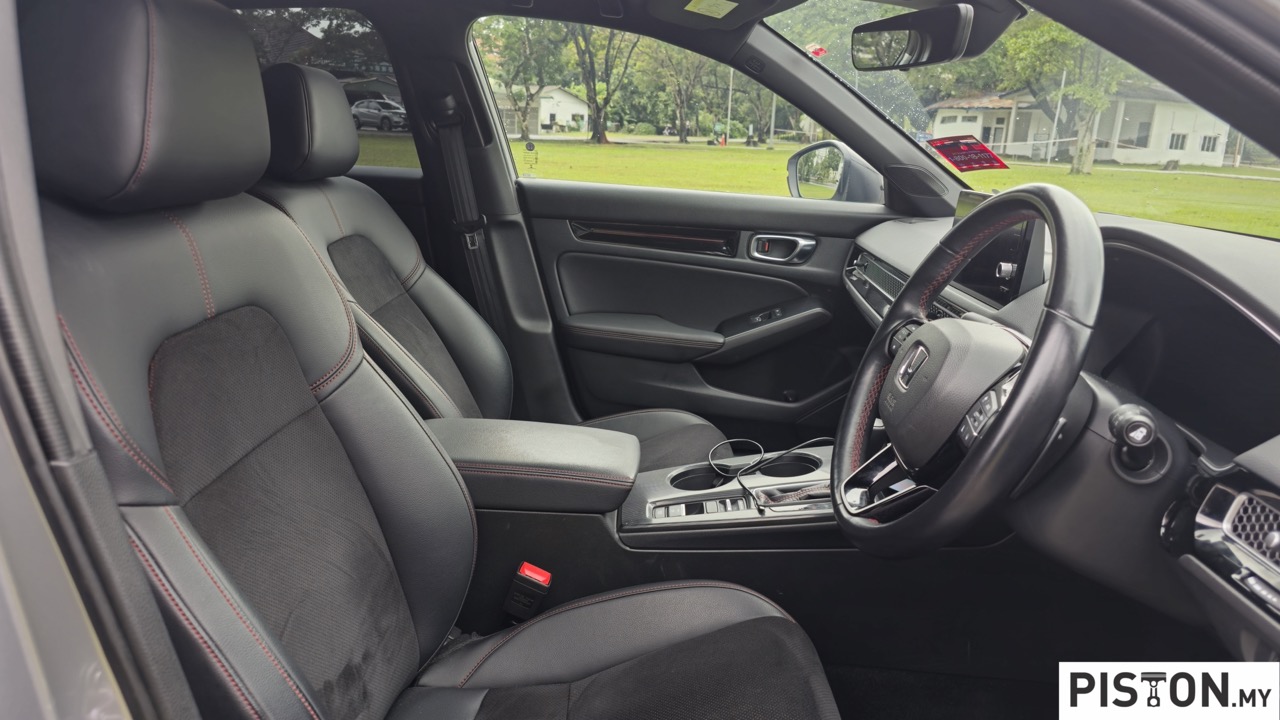
The seats were remarkably comfortable, and the leg space was decent enough for me to not have cramps on long journeys. My passengers had nothing to complain about in terms of spaciousness and comfort and they were amazed by the standards Honda has set for the Civic.
However, as a driver, there was one minor thing that was bugging me. The field of view from the rearview mirror was not as wide or high as I would have liked it to be. If there are tall rear seat passengers, that would have hindred rearward visibility. It was a minor inconvenience but then again, I remembered a quote that says “The windshield is bigger than the rearview mirror, because where we are going is more important than where we have been.”
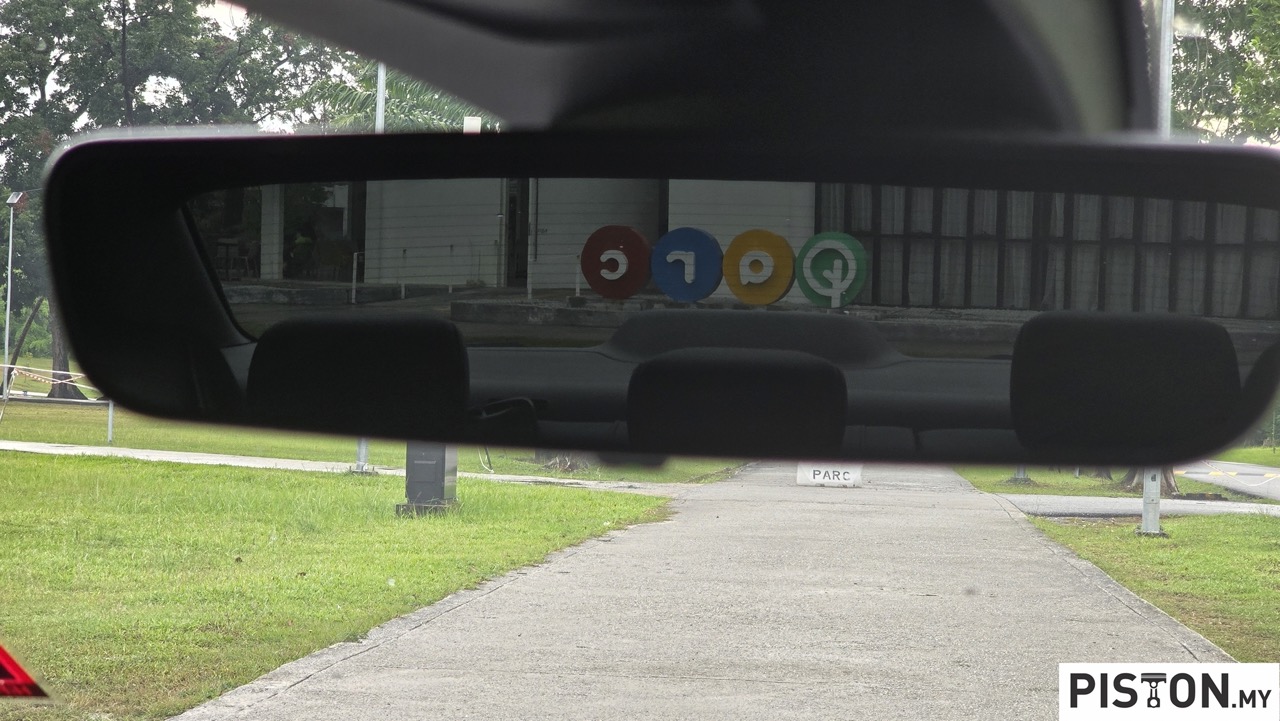
Another minor issue is that the car is quite low. This means senior citizens may struggle to get out of the car.
Now that we have got that out of the way, onto the fun part, the performance. This turbocharged 1.5L four-cylinder surprised me in a good way. It allows you to easily touch 200km/h without you even noticing and that is scary. The engine puts out 184PS which may not sound like a lot but it is more than enough. It gives you 240Nm of torque, allowing brisk overtaking and making highway driving more fun.
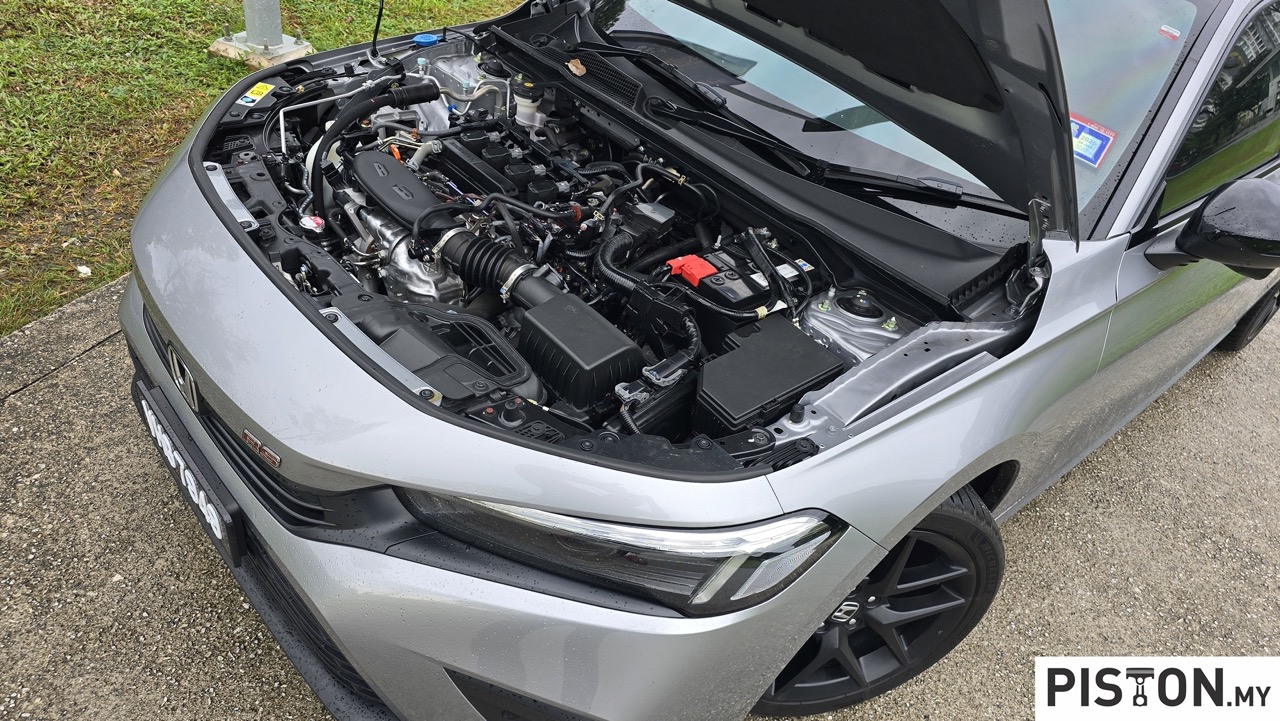
This may not be an EG9, but it is equally as fun and driving it brought back good memories. There is a very slight delay before the power actually kicks in when you put your foot down so the 0-100km/h will take you 8.5 seconds, slightly slower compared to the e:HEV variant that does it in 7.9 seconds. However, the e:HEV variant has a top speed of 180km/h while the petrol variant can reach 200km/h.
But of course, speeding is never safe and we don’t advocate it, so we tested out the real-world driving scenarios. This means monitoring the fuel consumption.
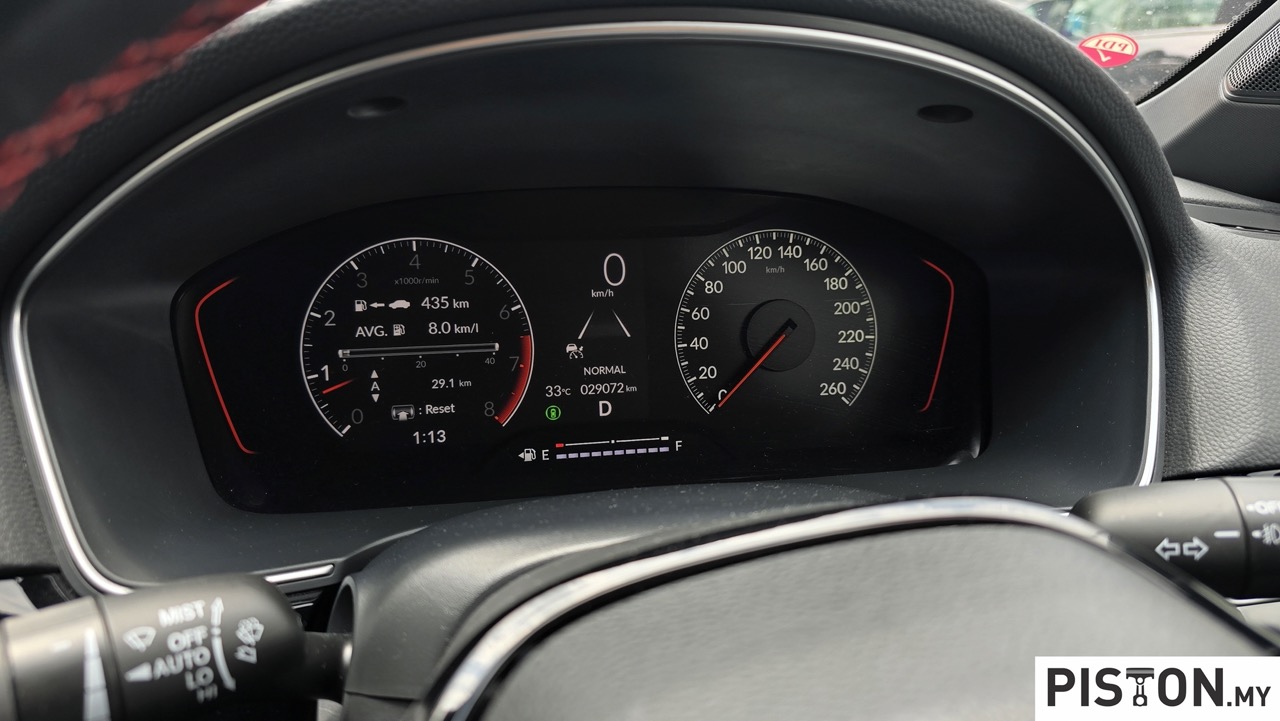
According to Honda, this variant has a 6.3L/km fuel consumption. When we got the car at full tank, we had about 450km of range and we did the real-world driving test for about three days. We got an average of 8.0L/km which is not bad, and when we passed the car back to Honda, it still had about 190km of range left, which again, is still not bad considering the amount of testing that was carried out.
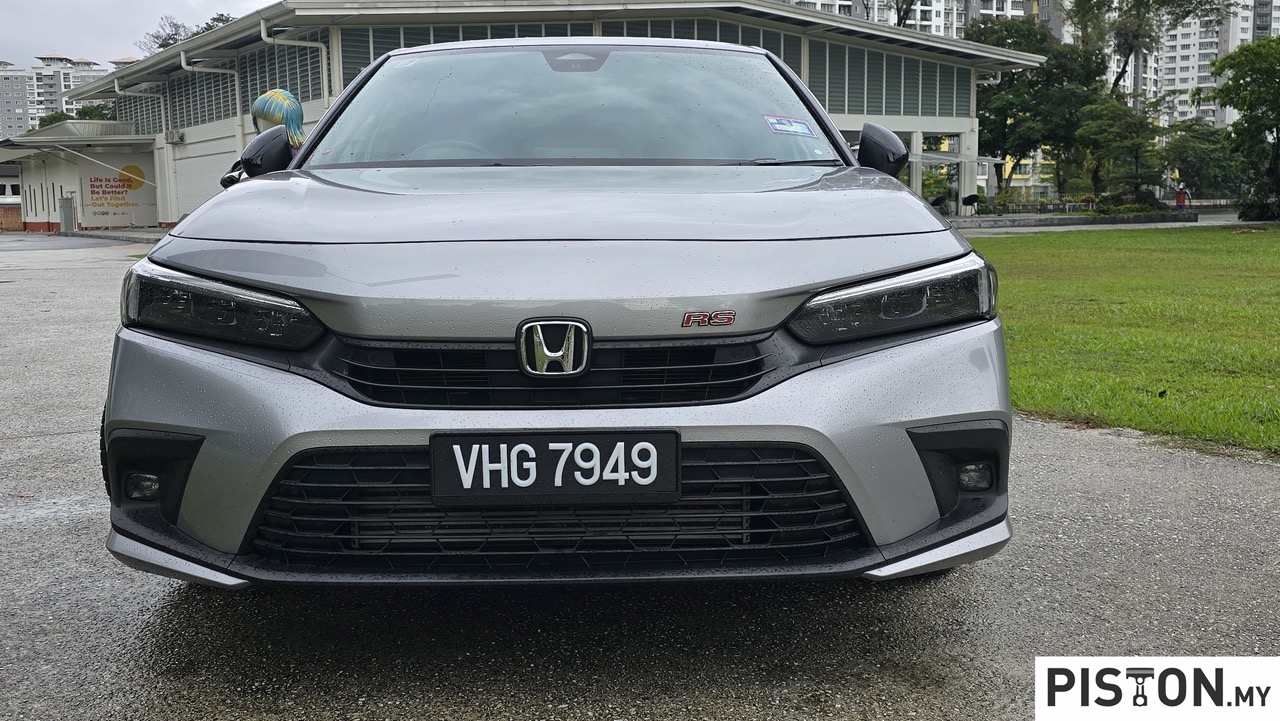
So, is the Honda Civic 1.5L Turbo still worth the buy? Well, when I handed the keys back to Honda Malaysia, my heart sank a little knowing that it may be some time till I get to drive it again. The pricing of the Civic starts from RM132,000 and goes all the way up to RM168,000. This variant that we tested, the 1.5L Turbo RS is priced at RM152,000, which we think is a good amount considering the quality, performance and comfort that the car is offering.
Specifications
Engine: 1.5-litre, 4-cylinder, Turbo
Power: 182PS
Torque: 240Nm
Transmission: Continuous Variable Transmission (CVT)
Price (as tested): RM151,900
We like: Performance, Comfort, Looks
We don’t like: Field of view for the rearview mirror





